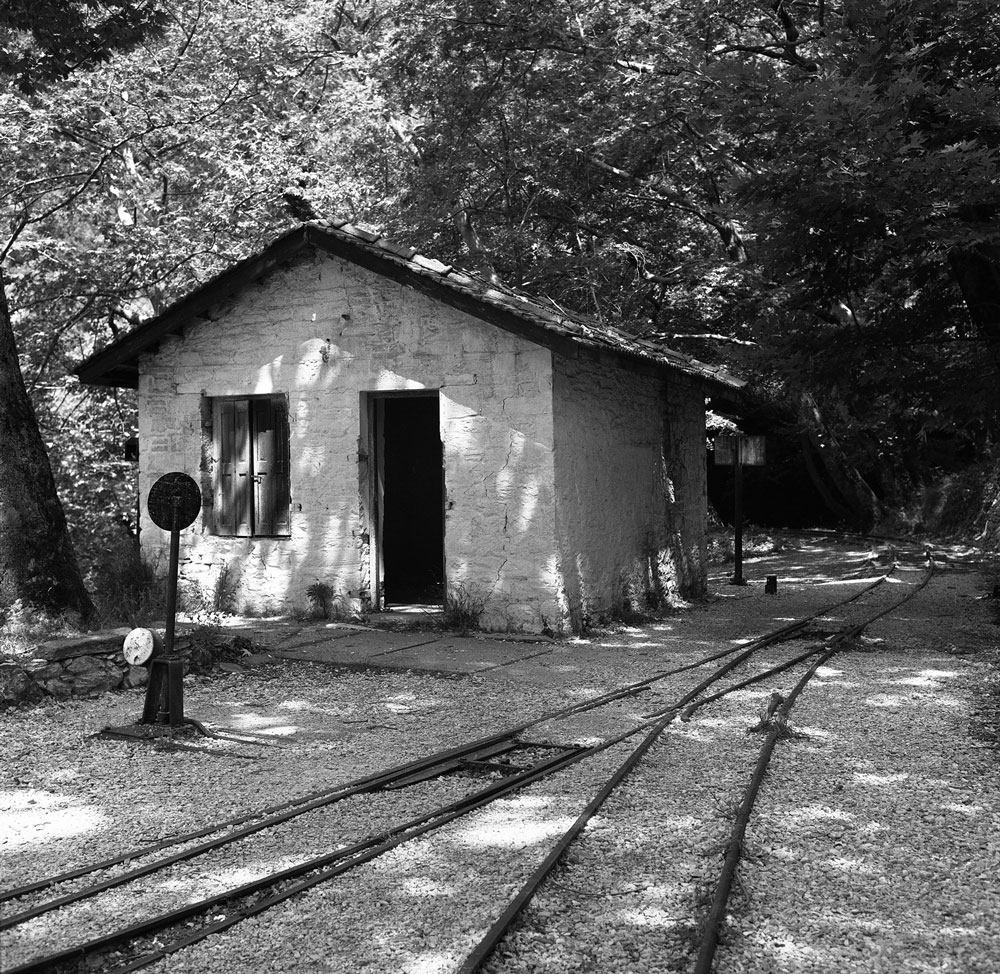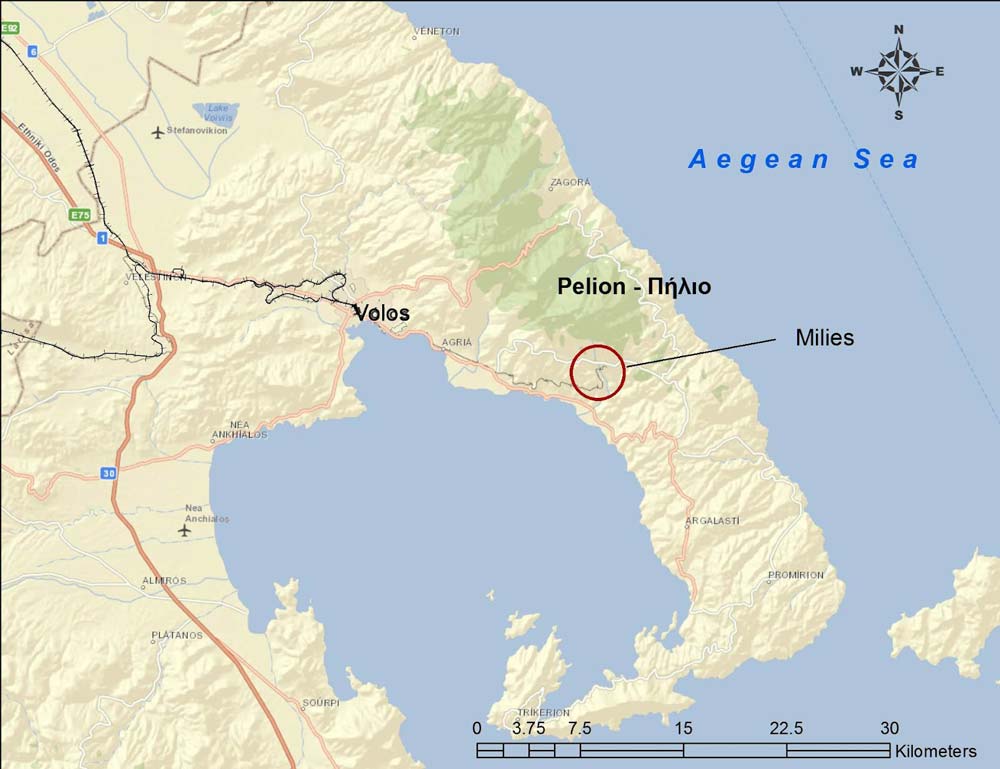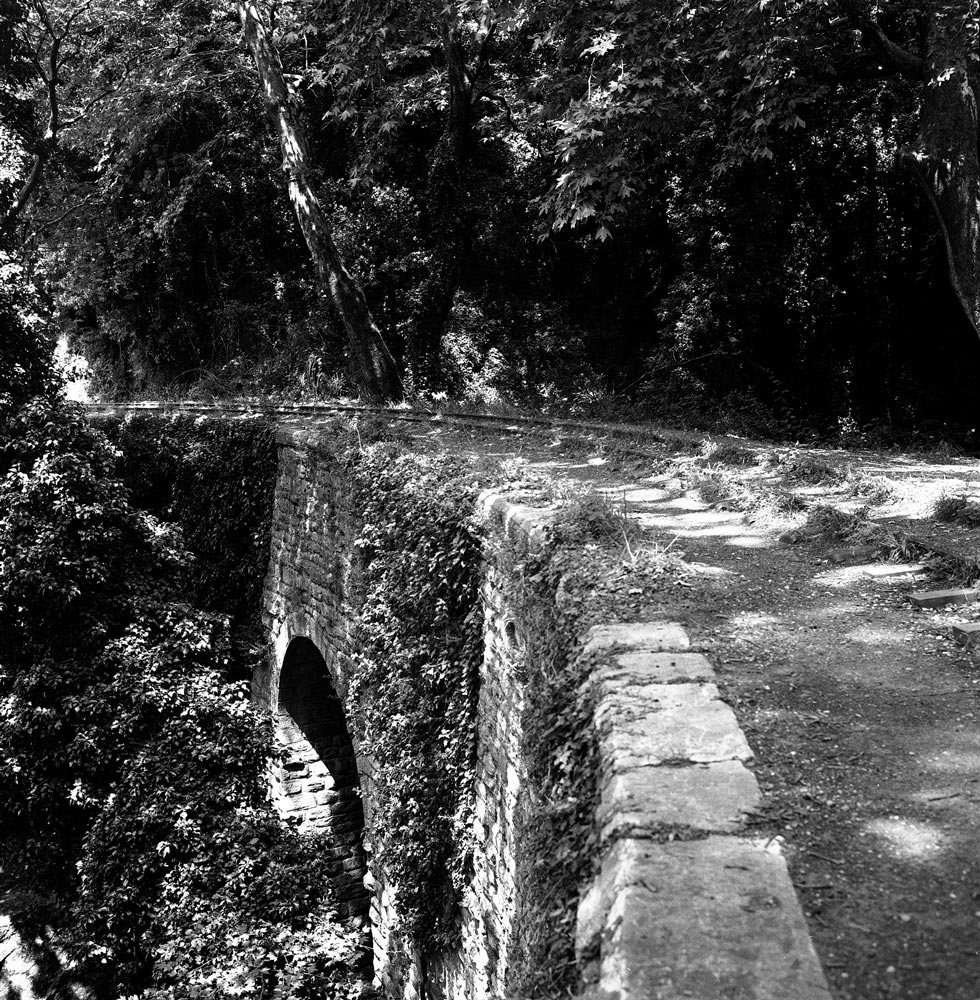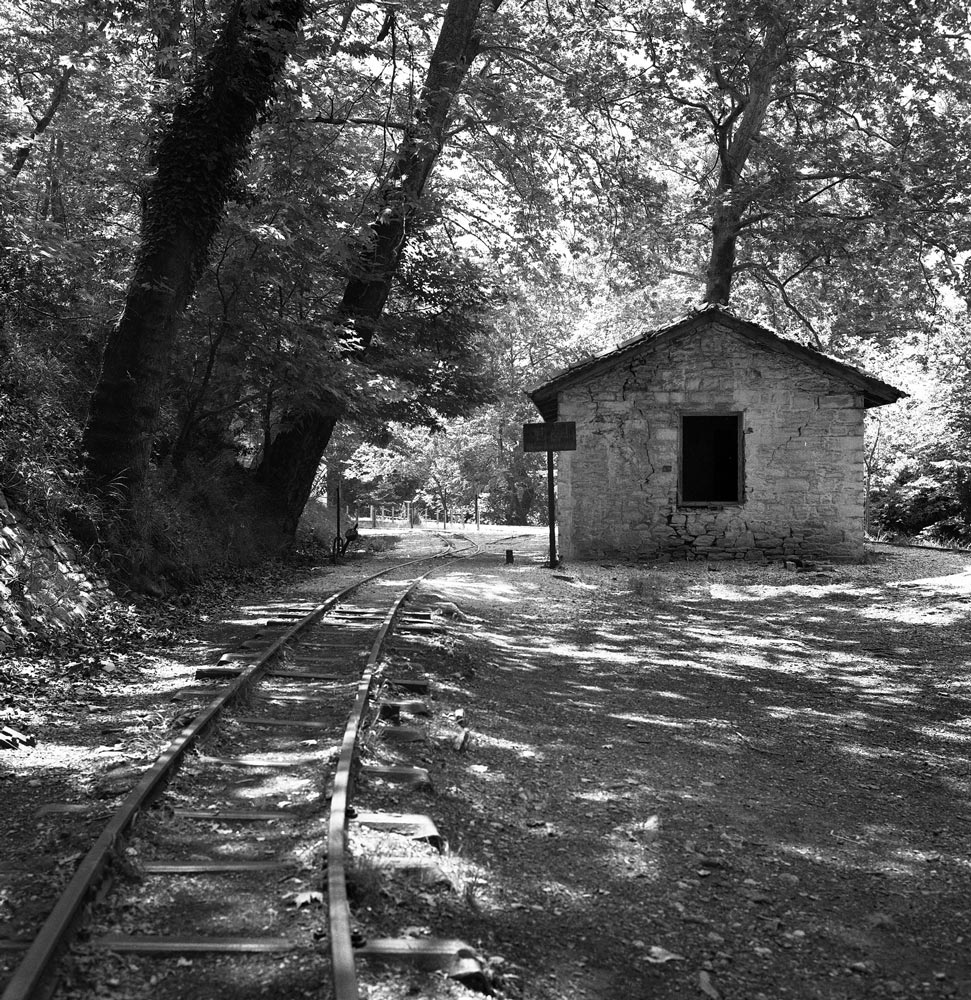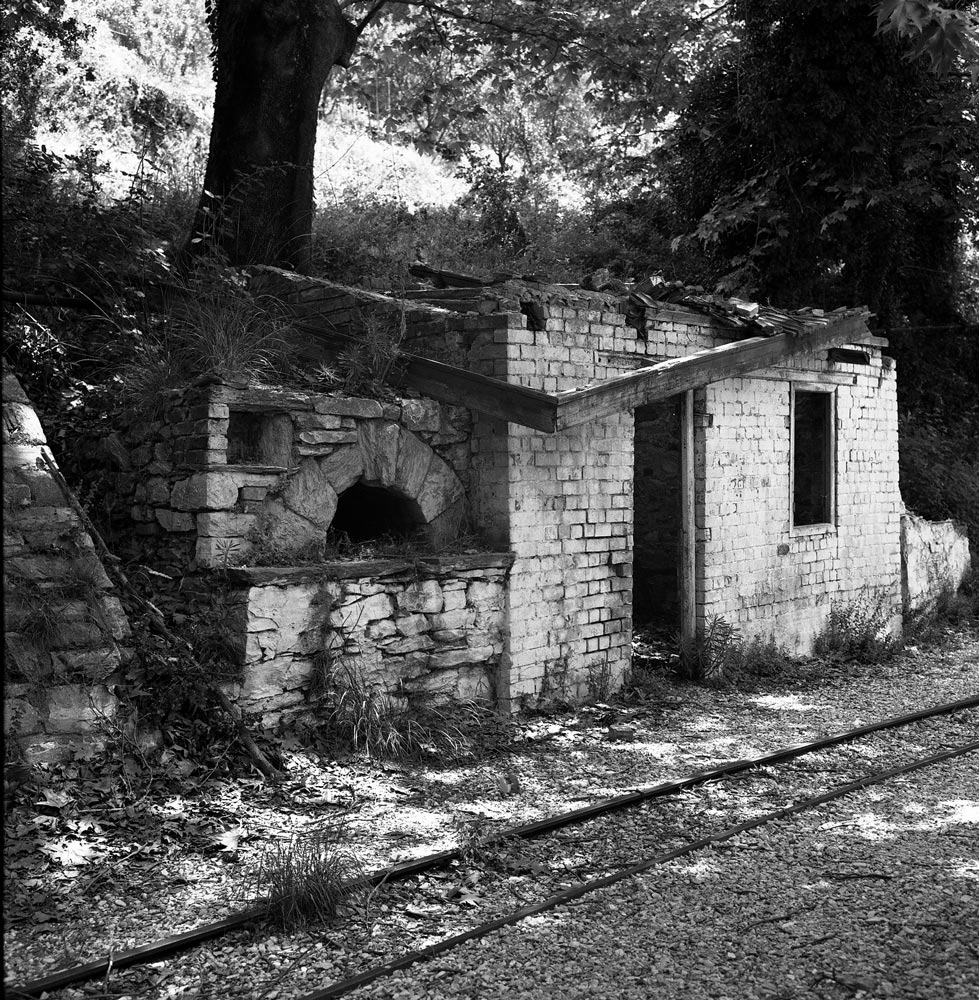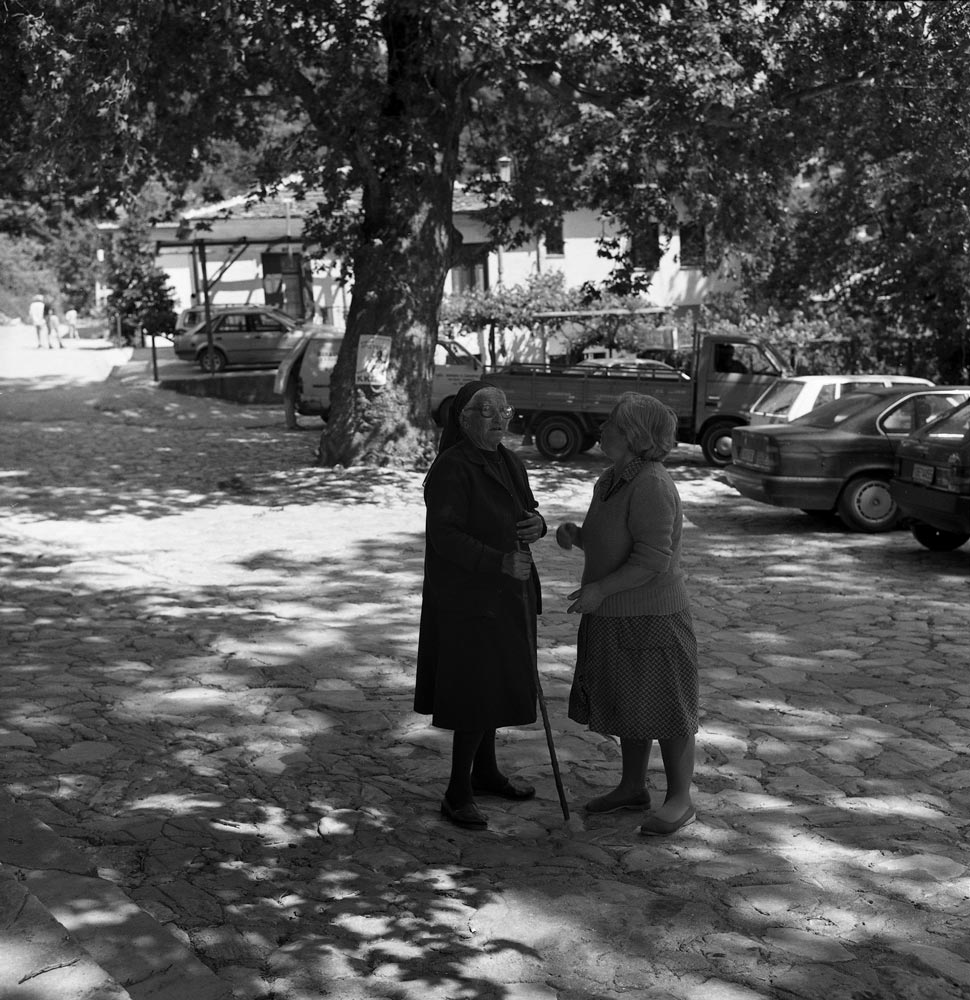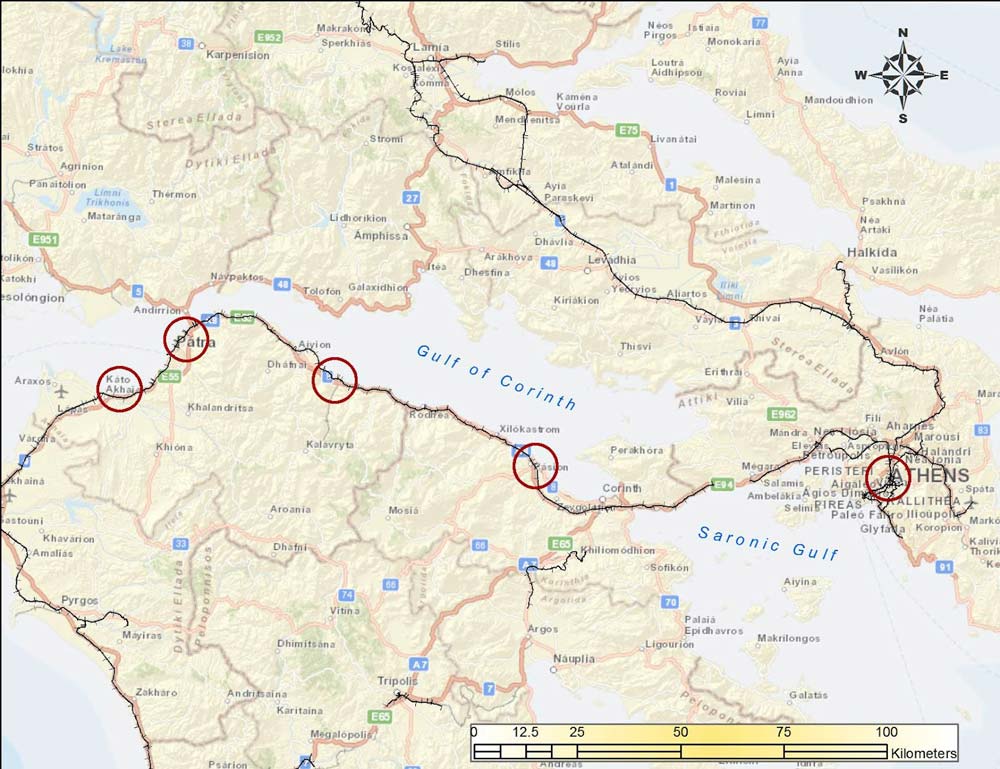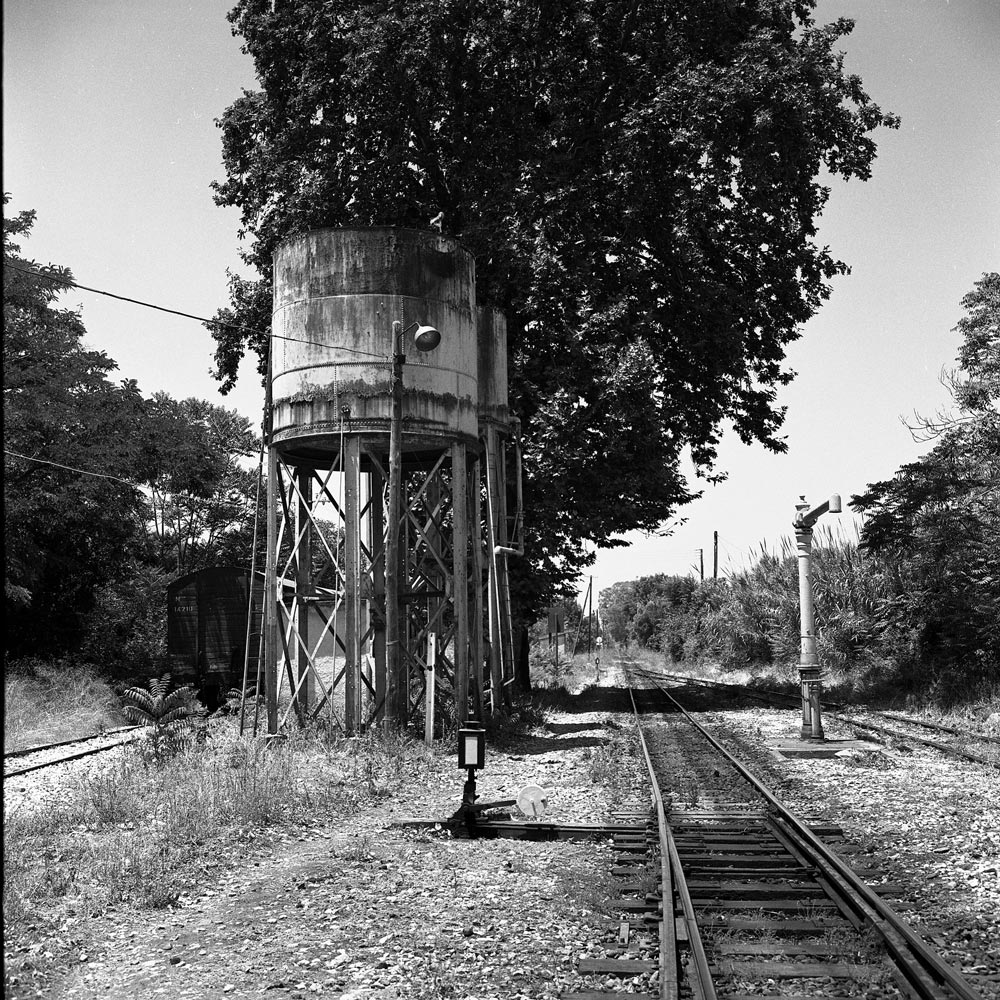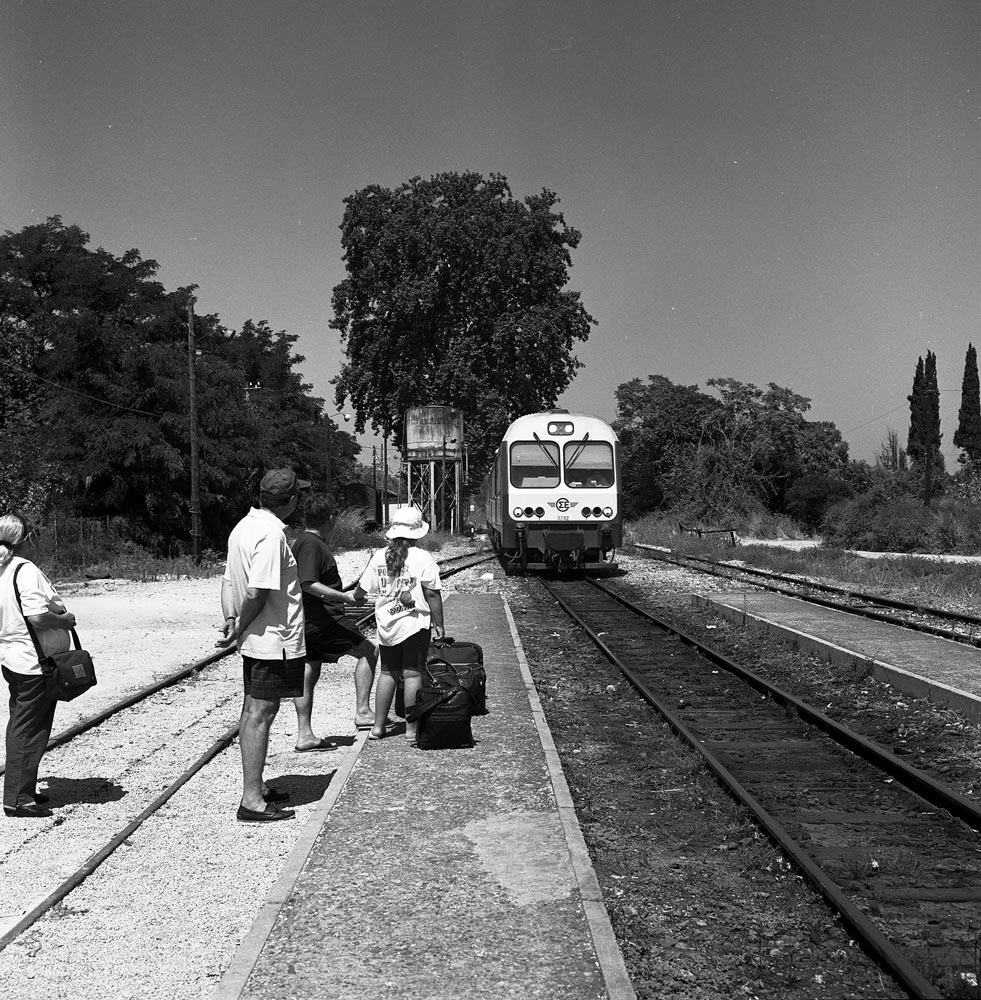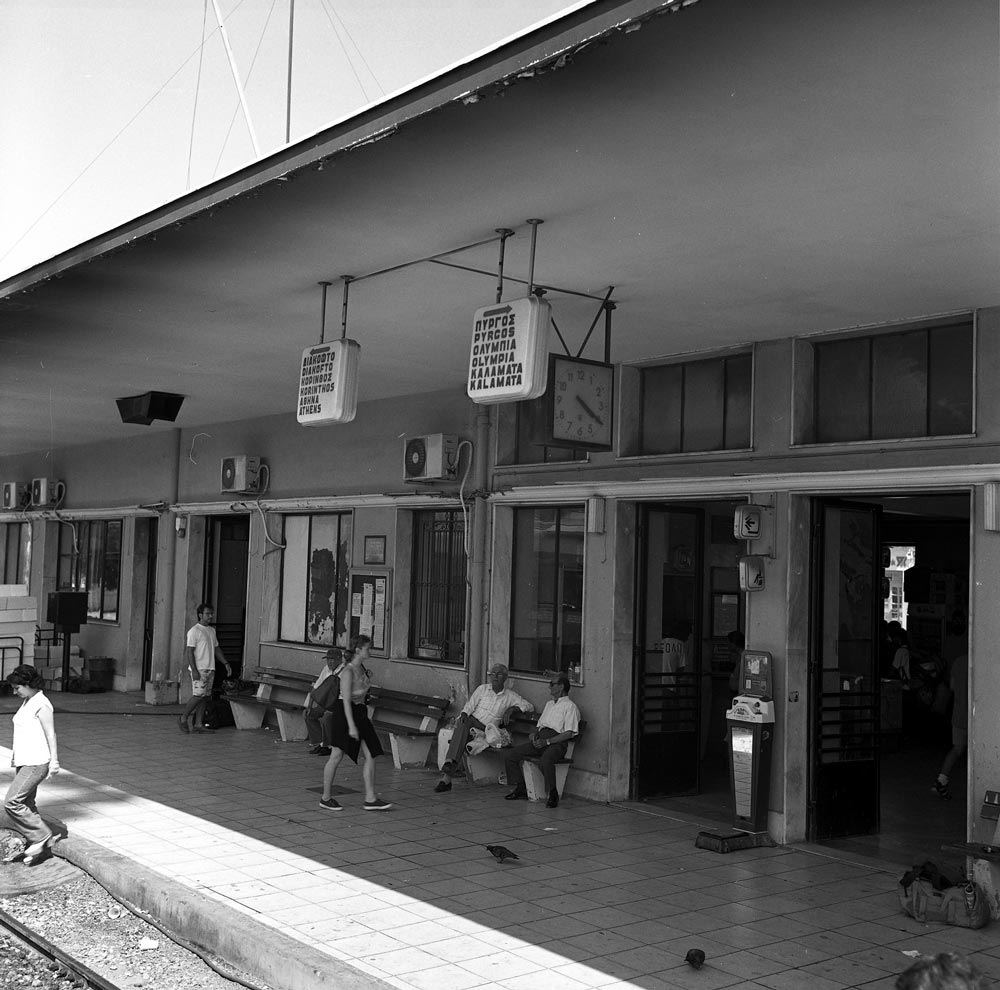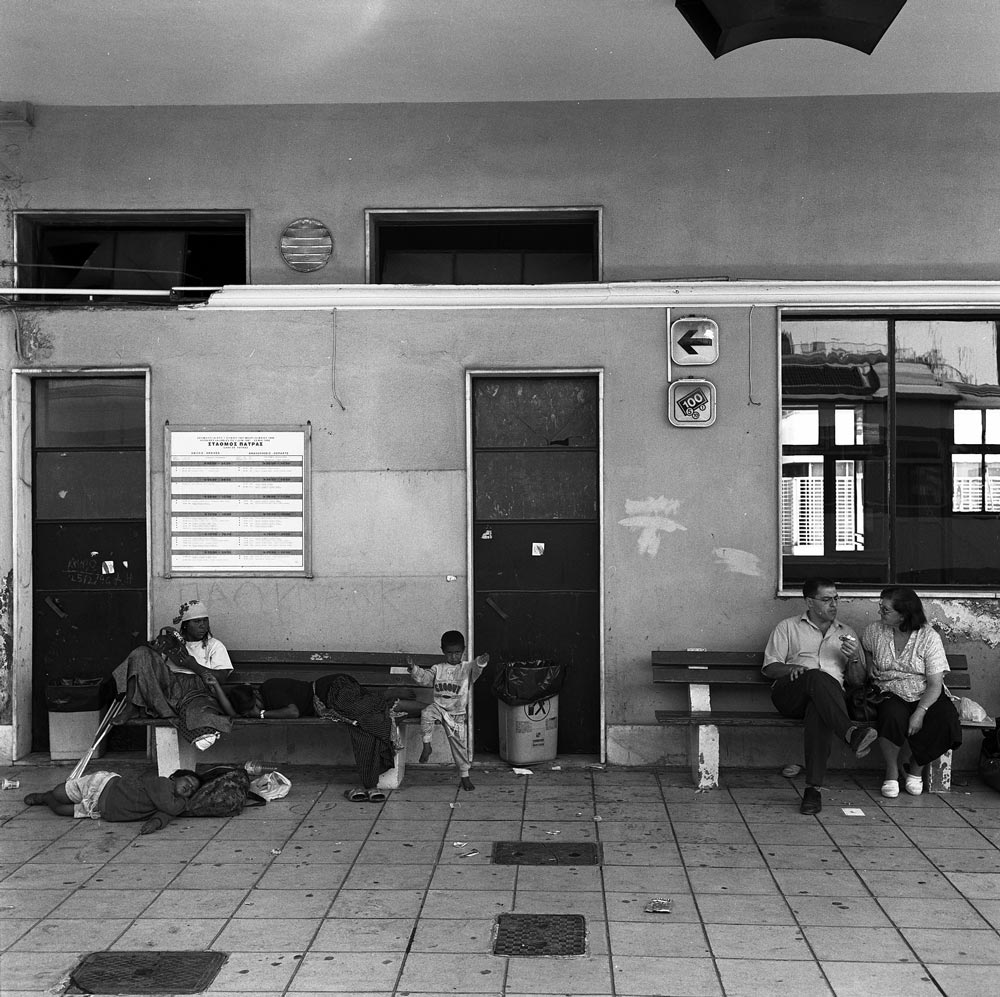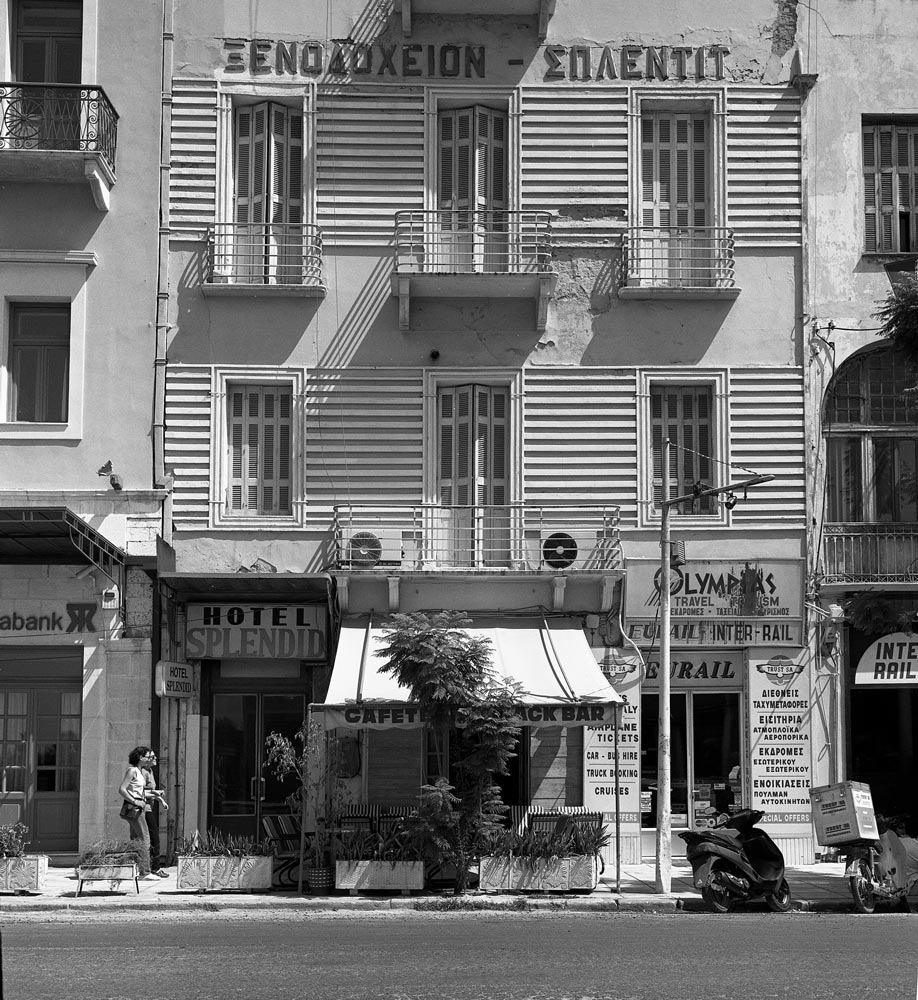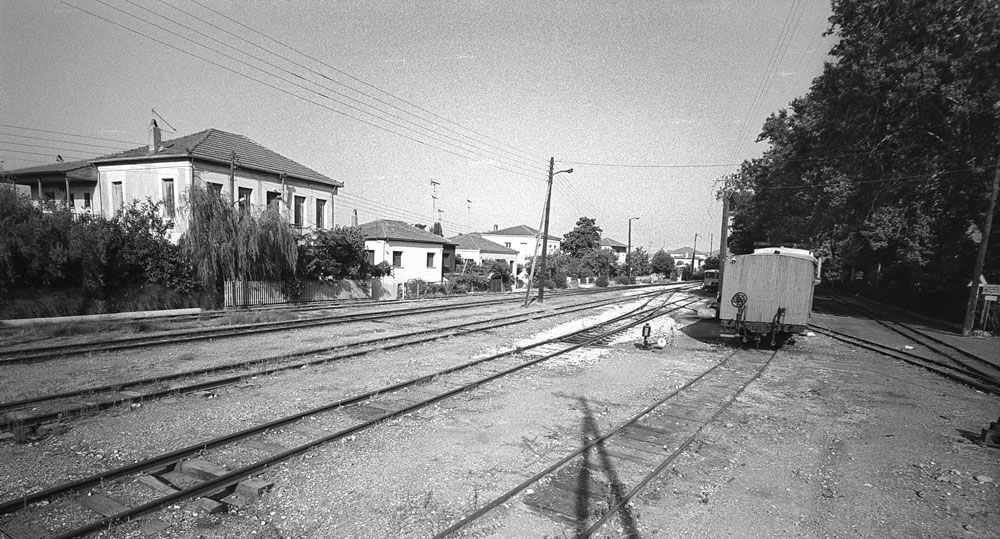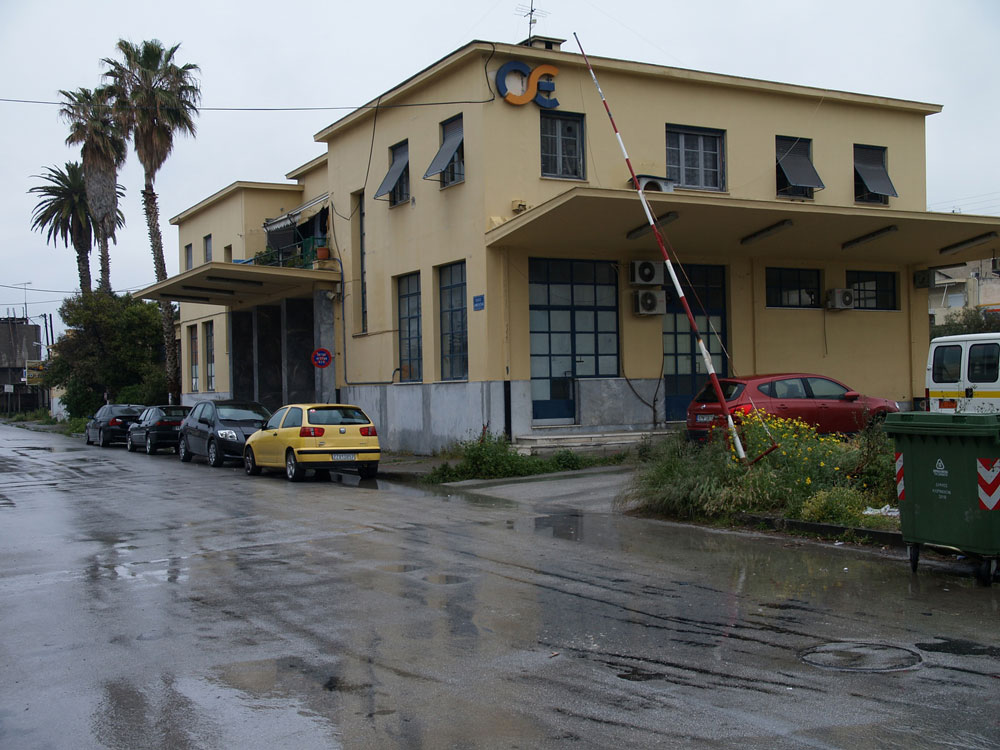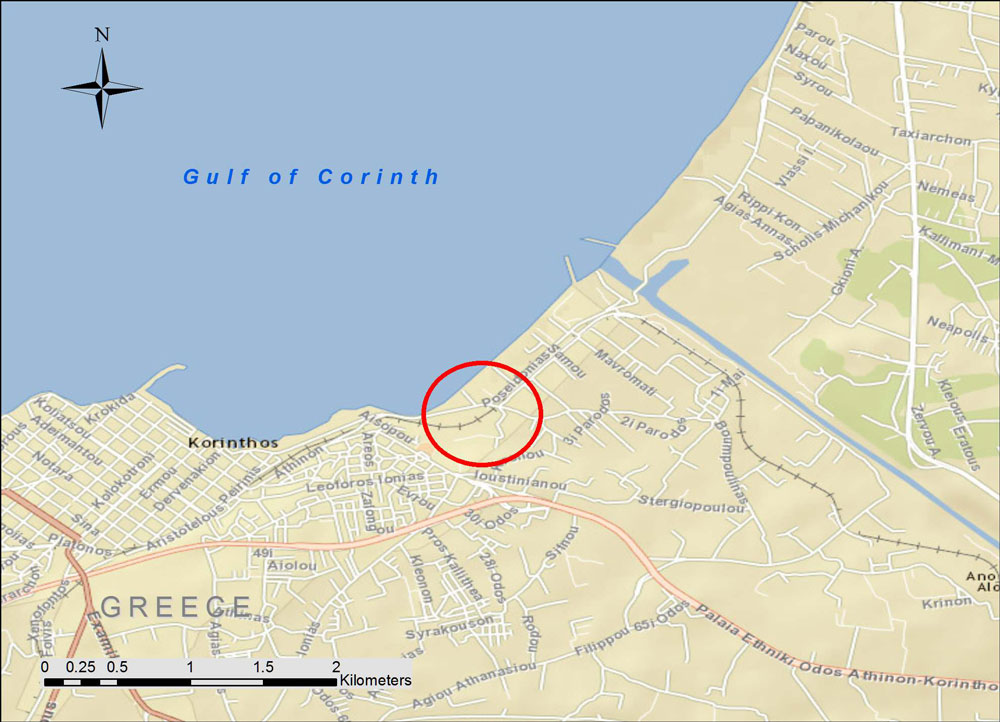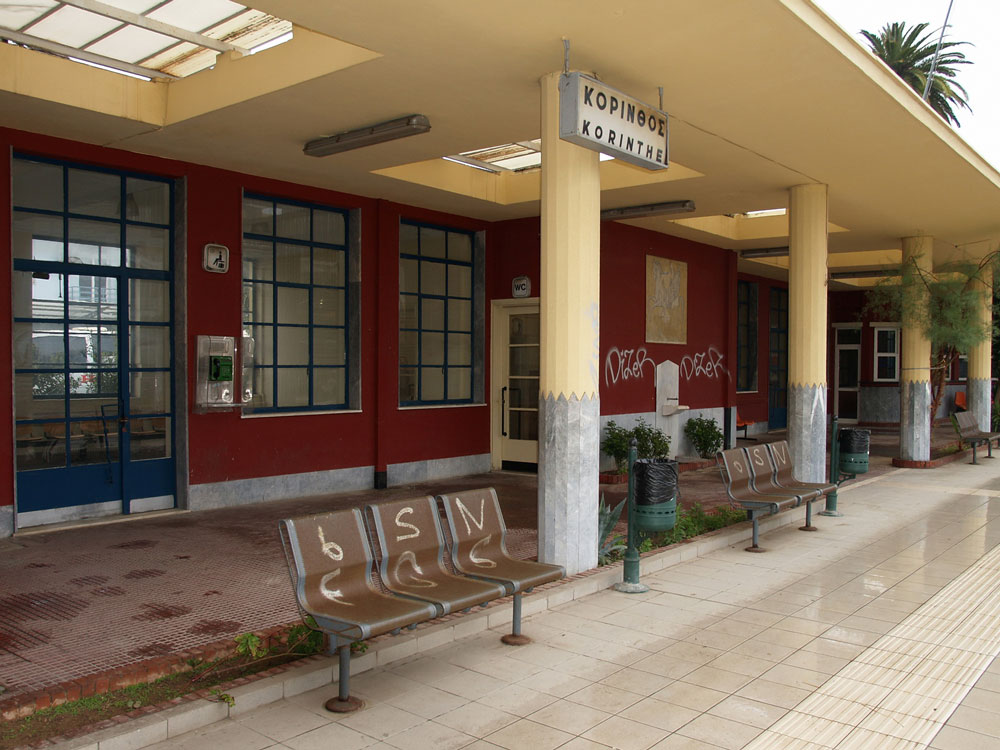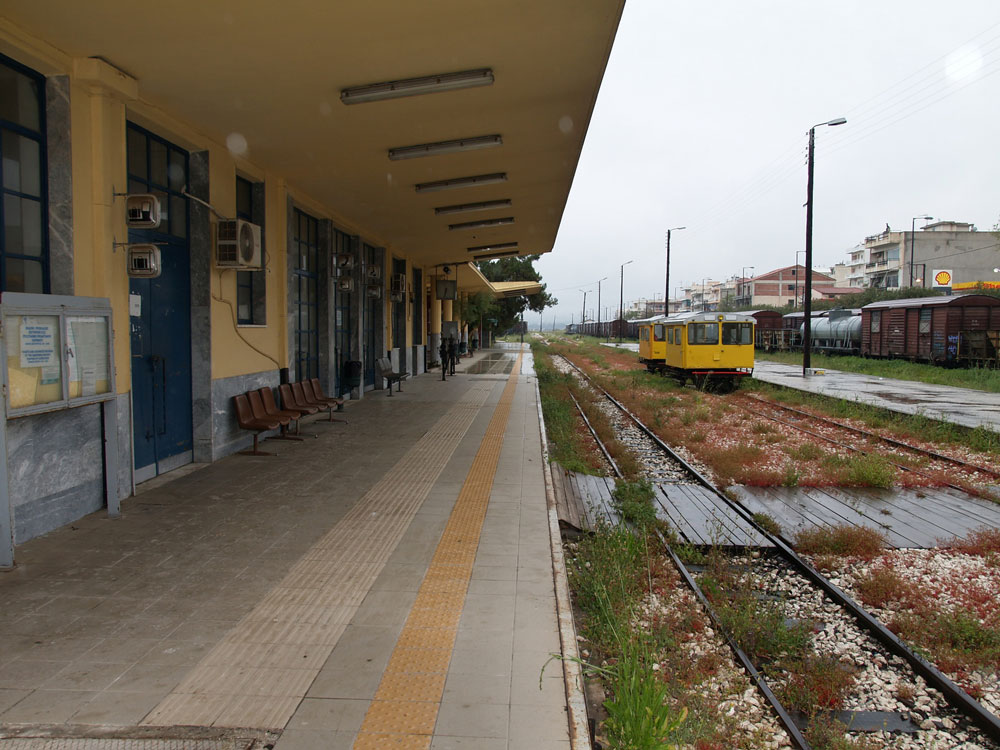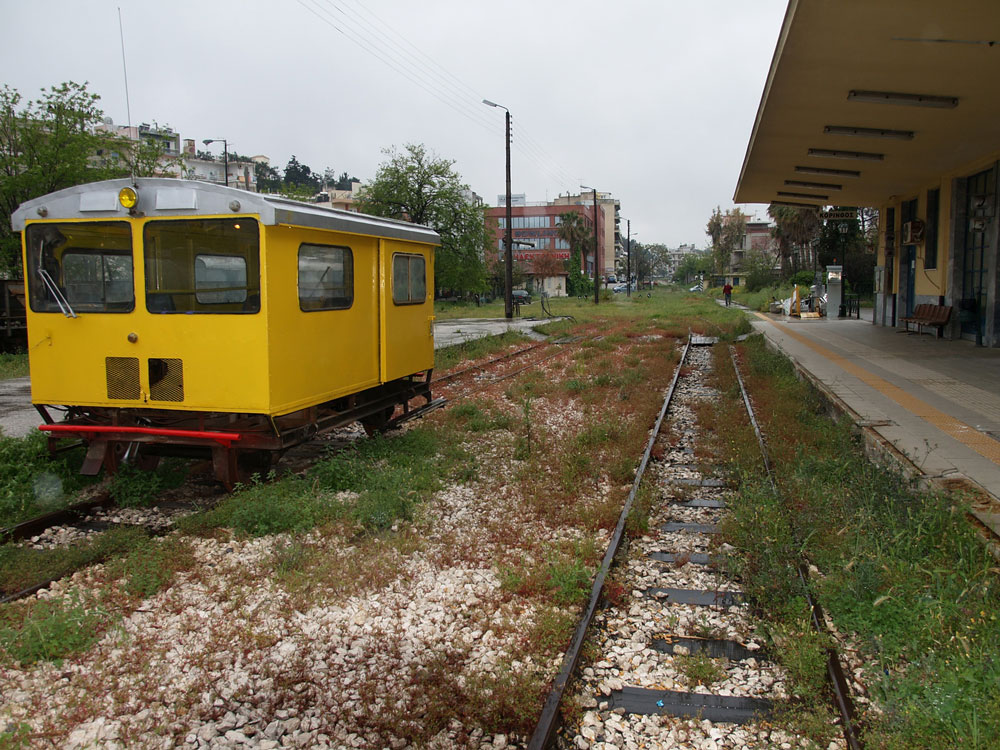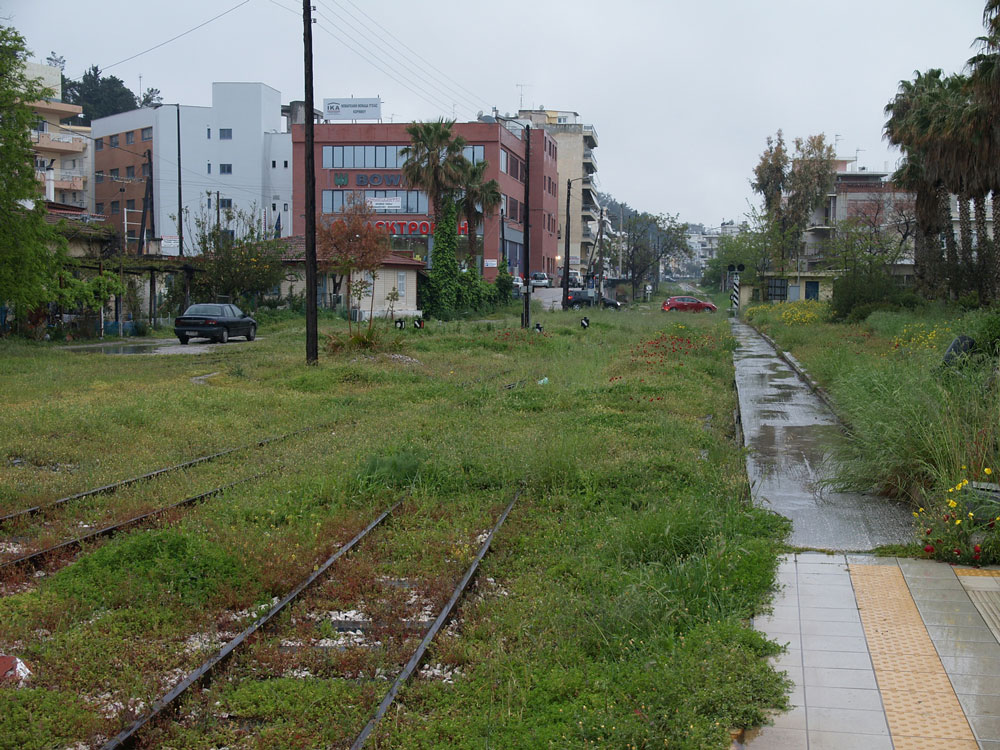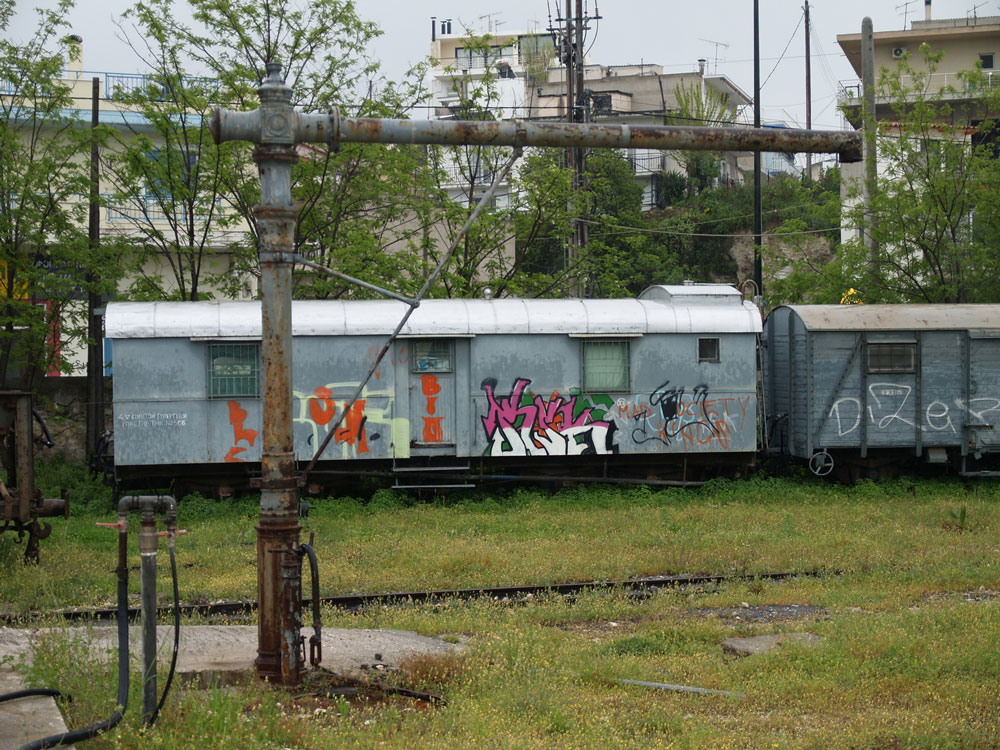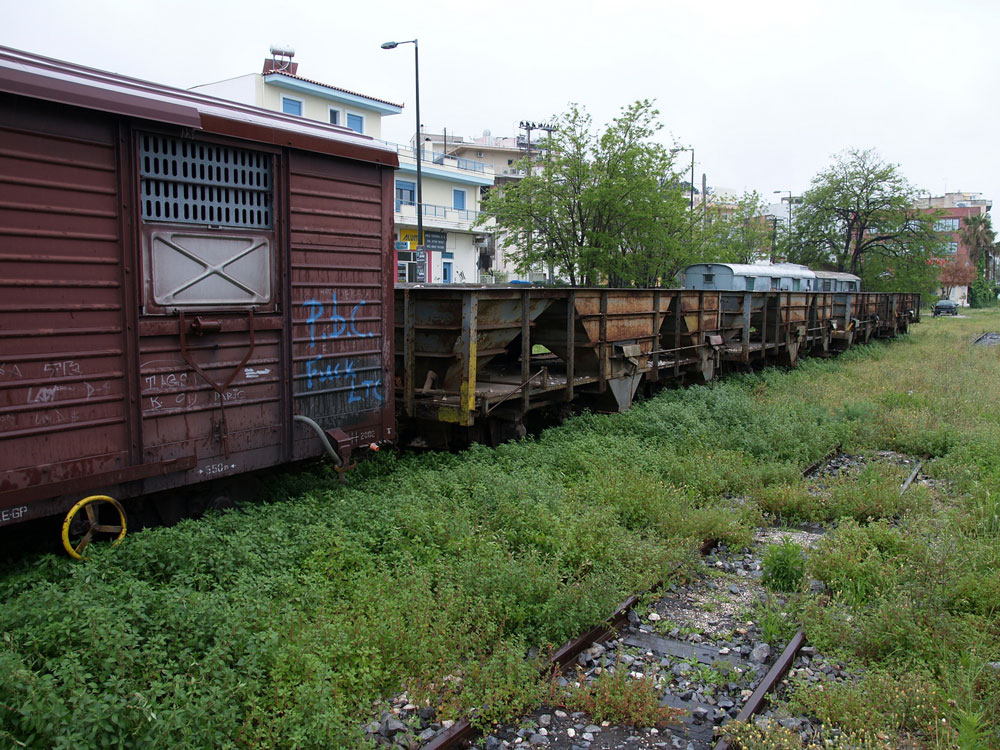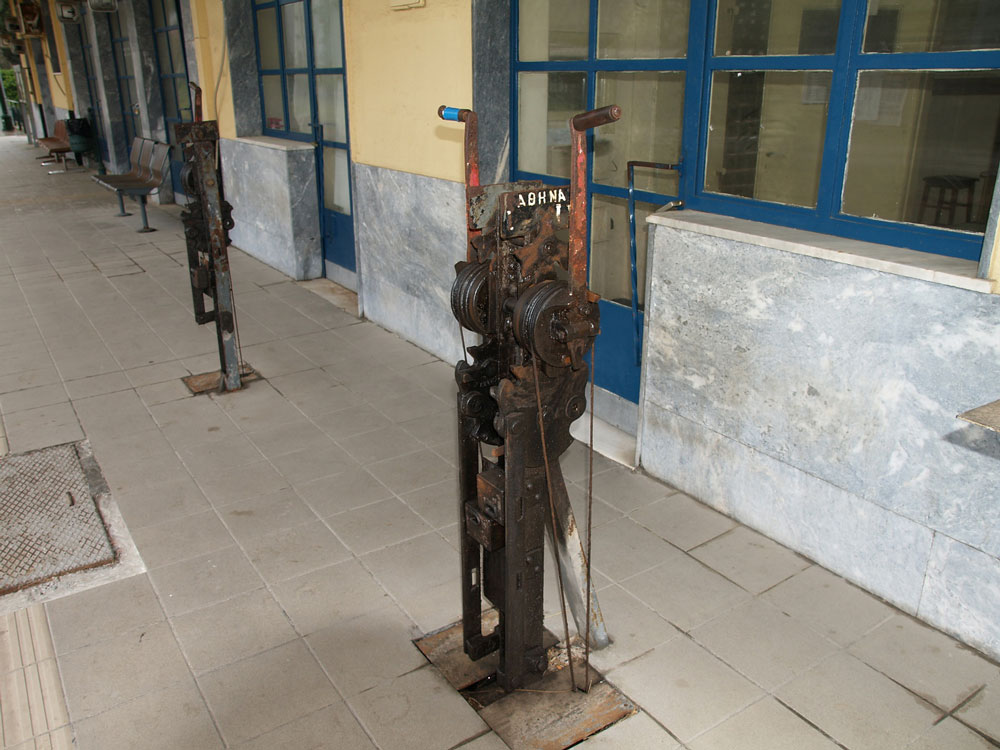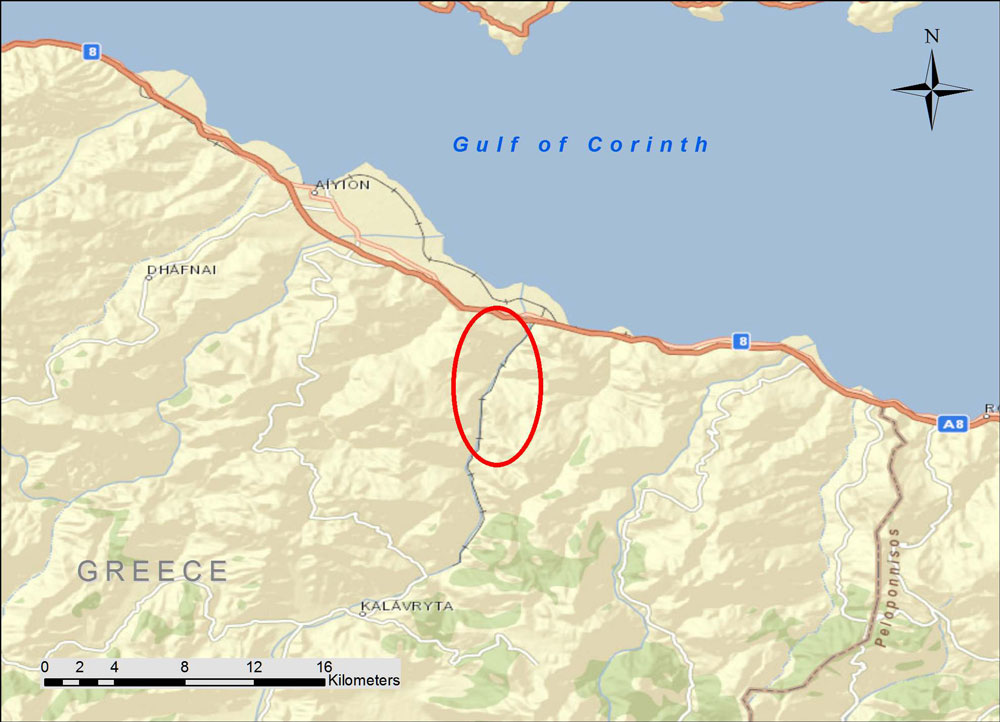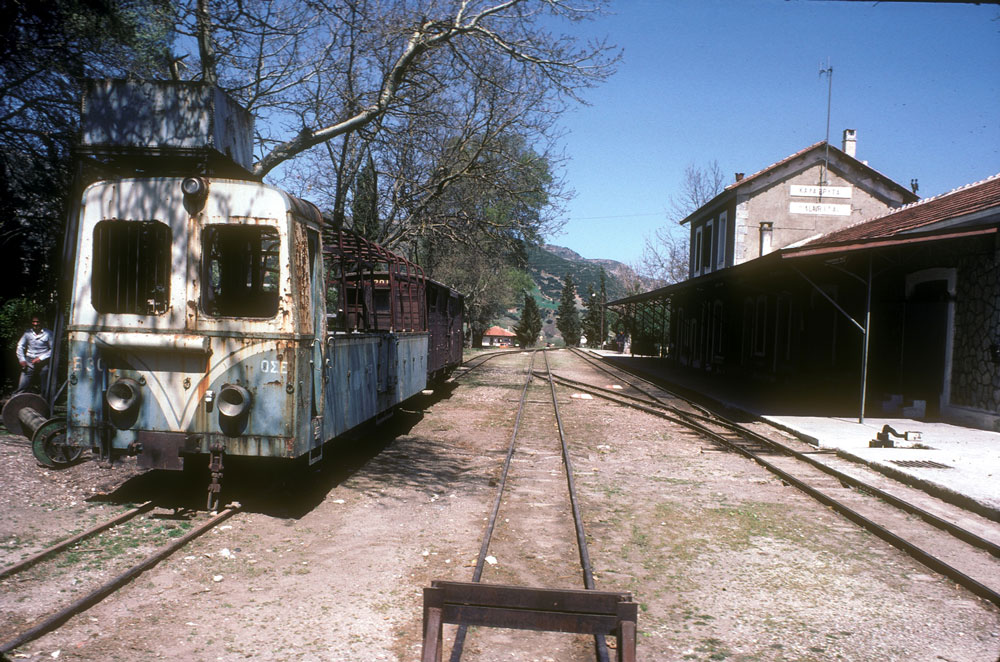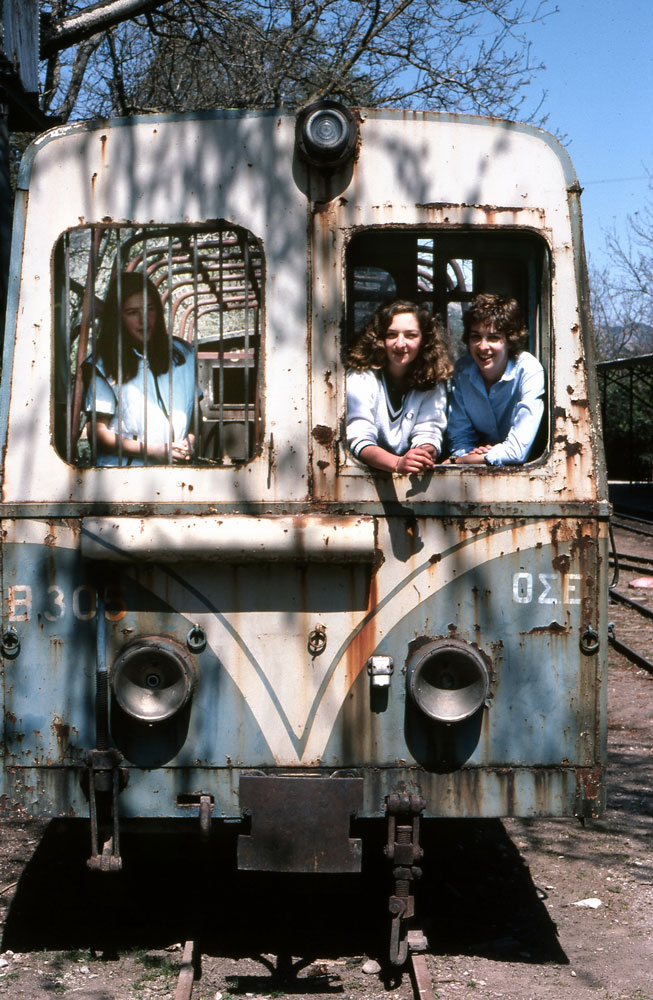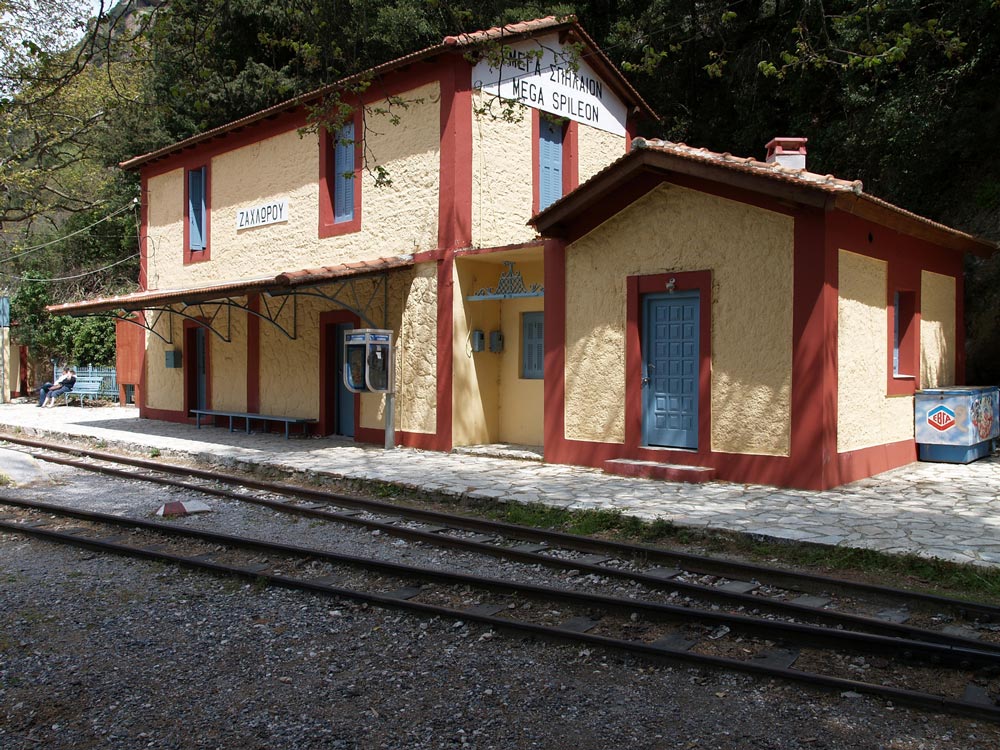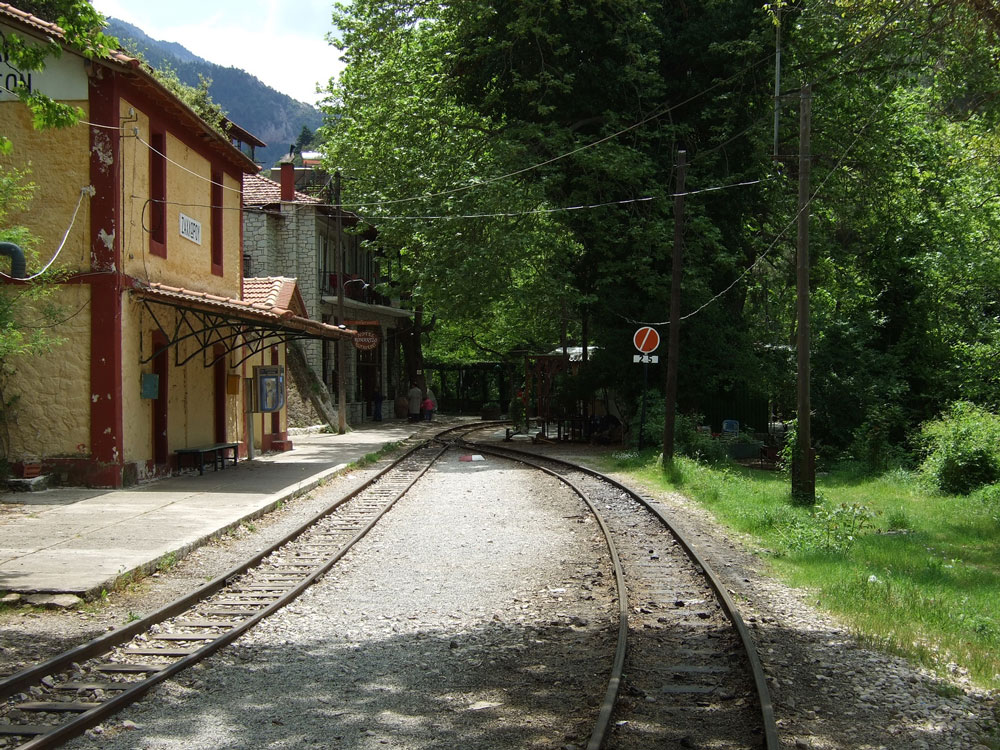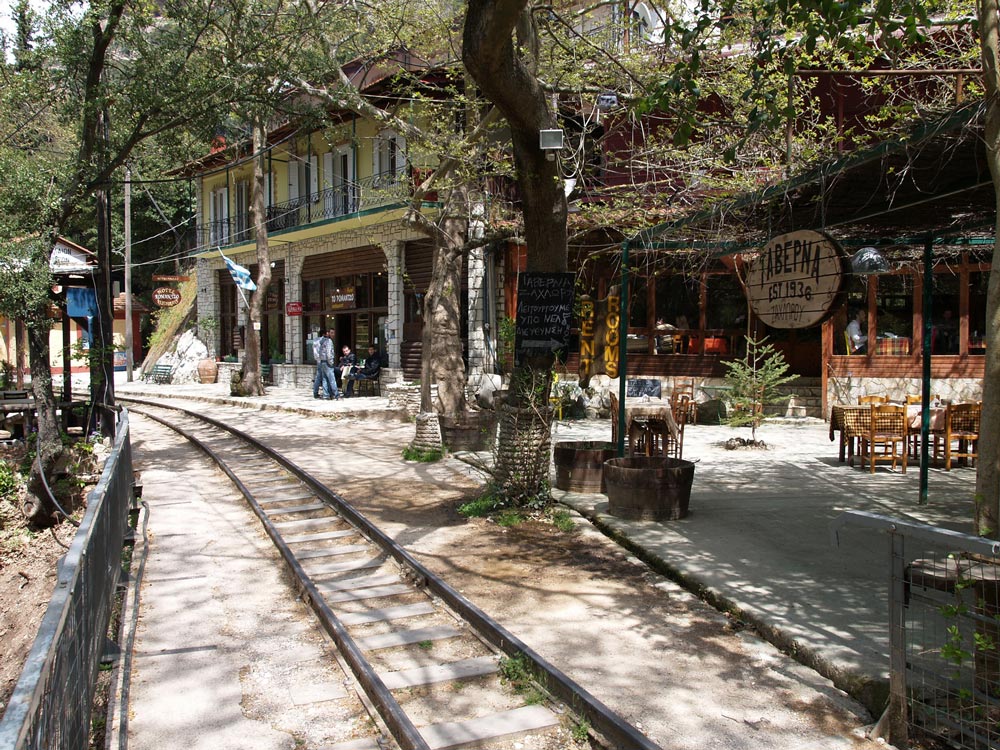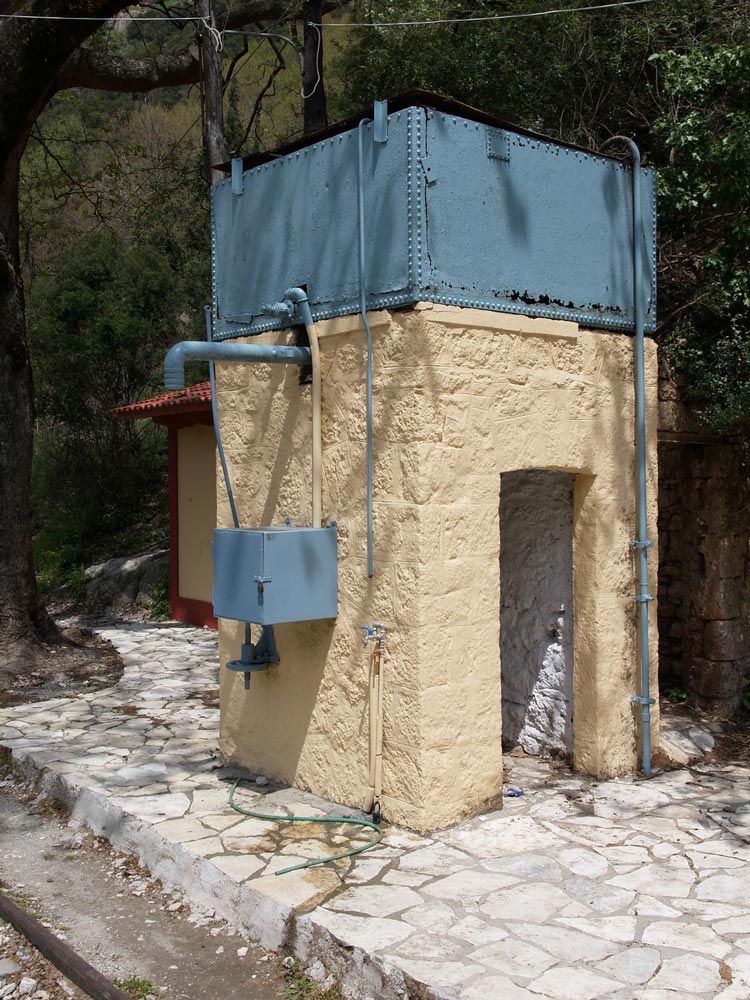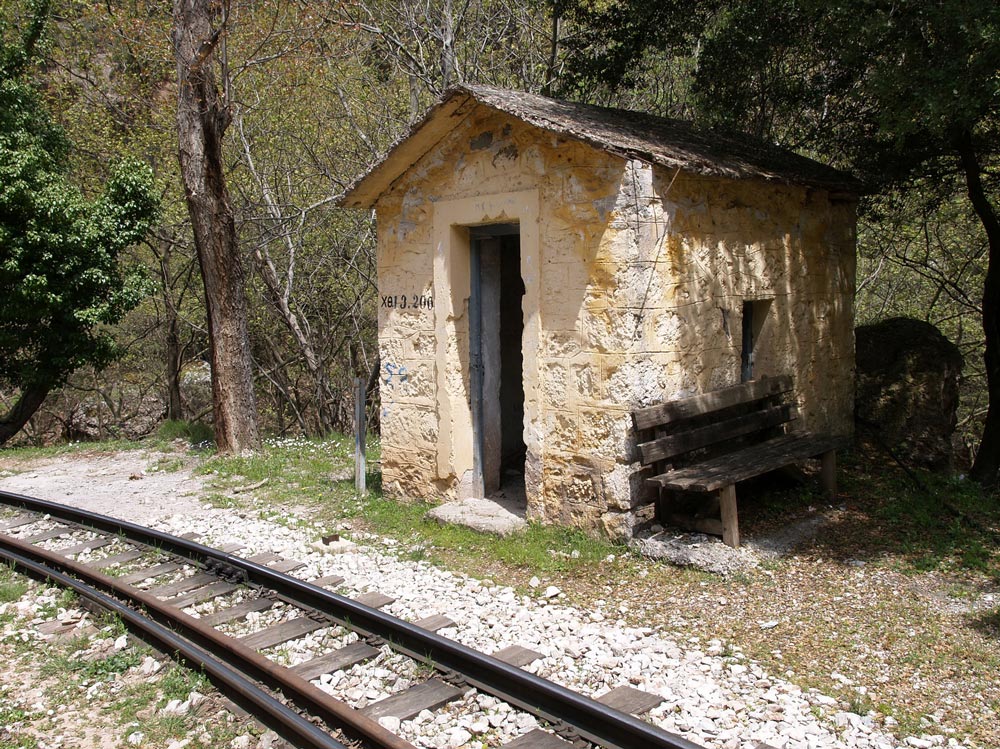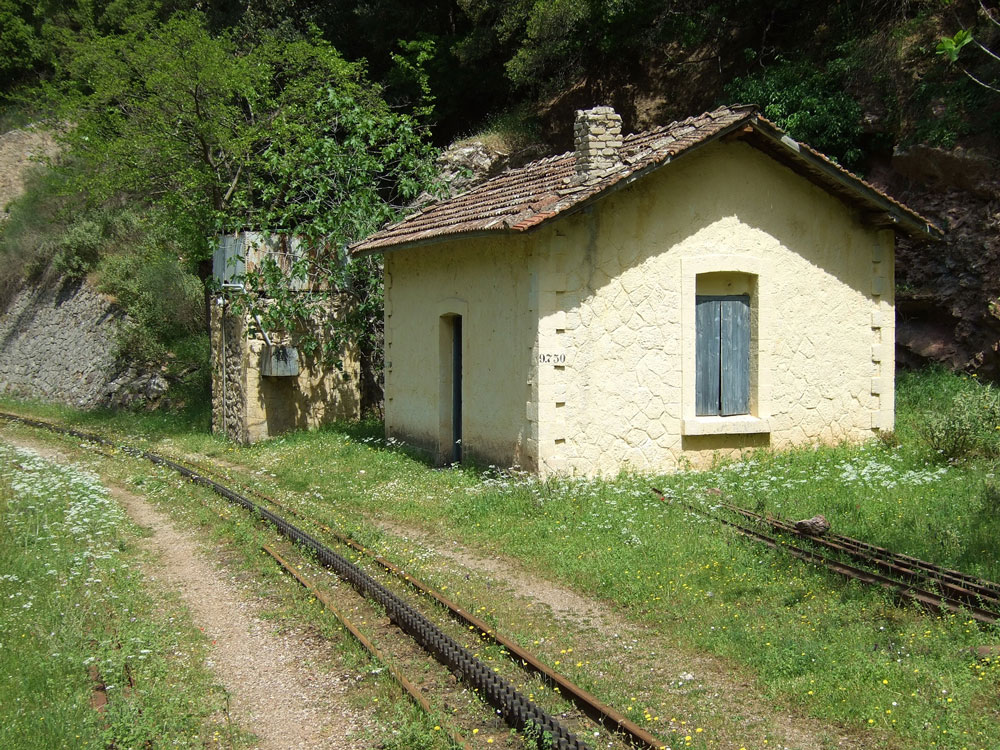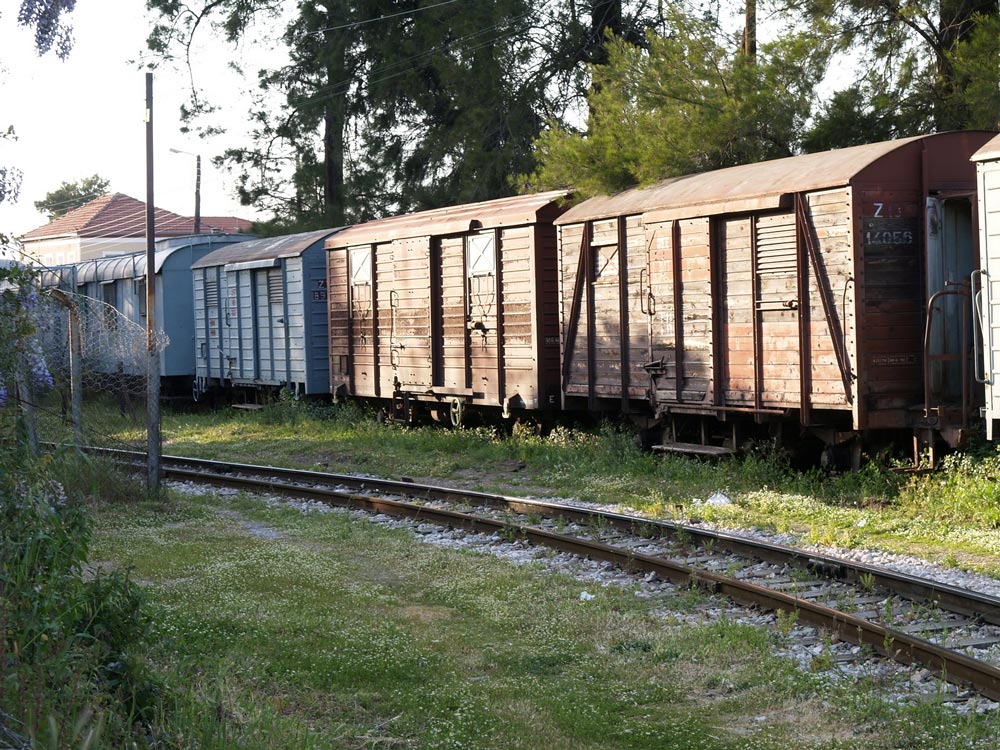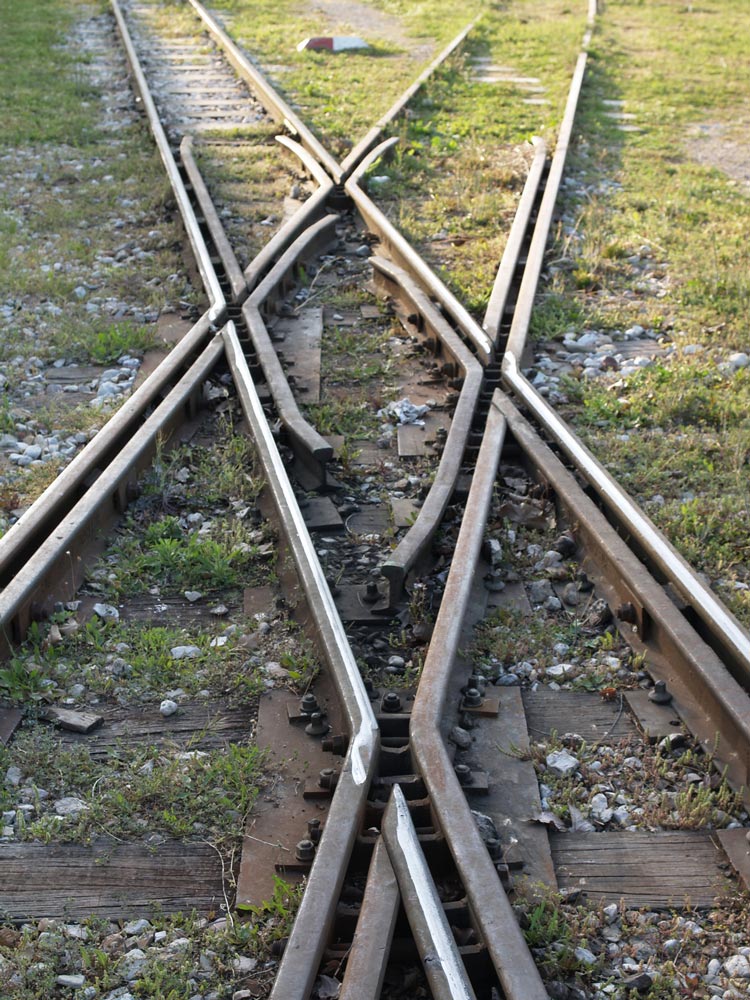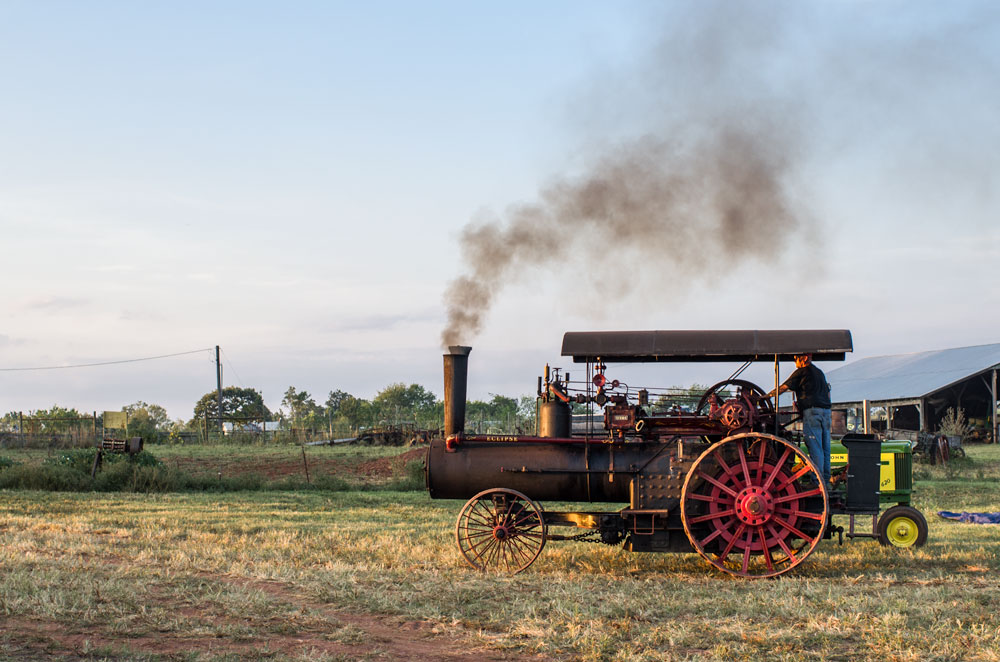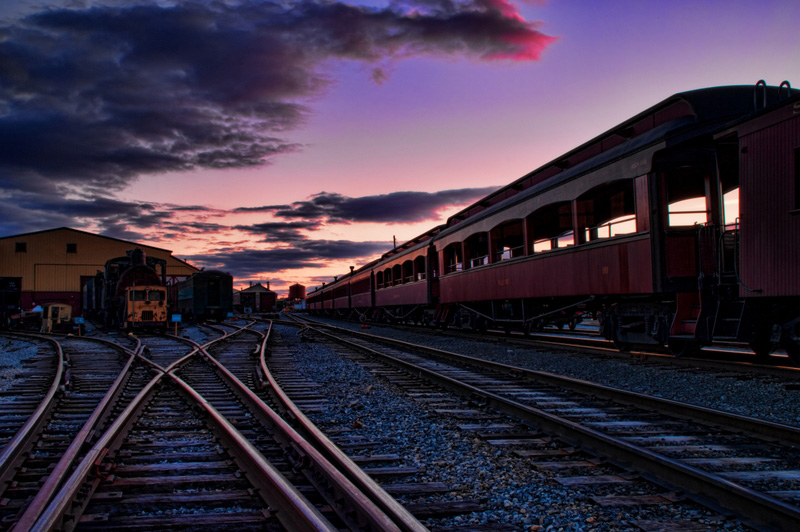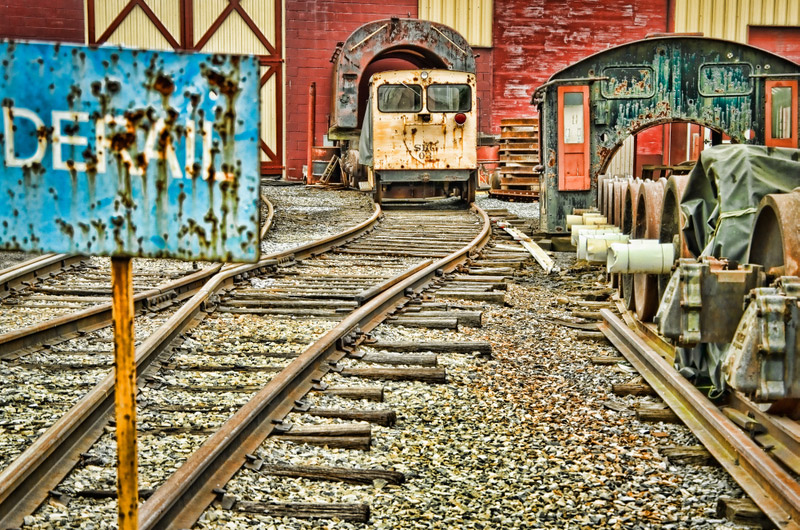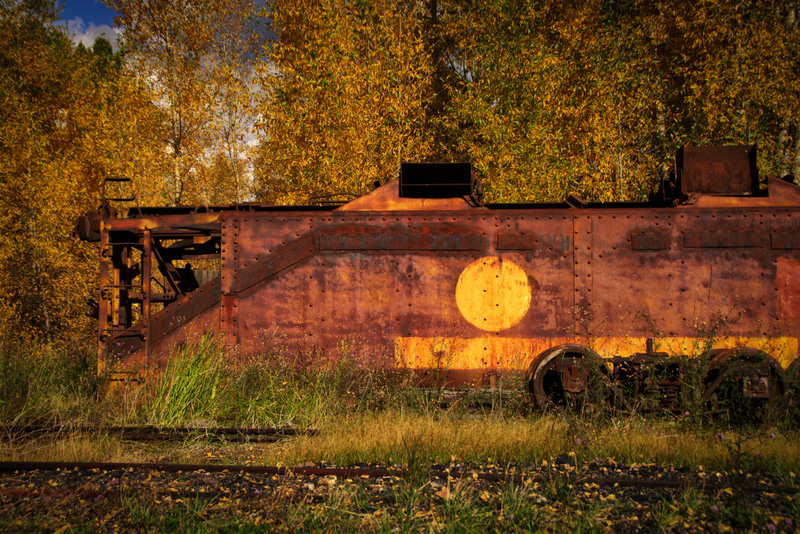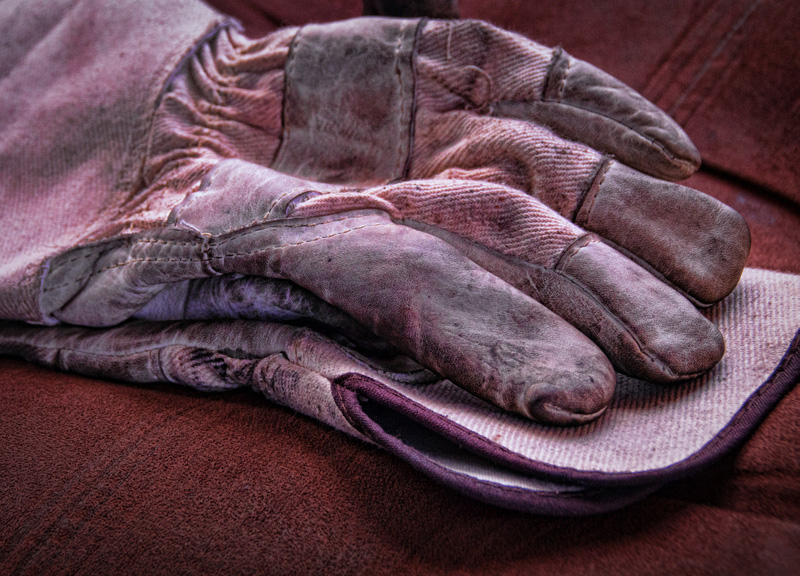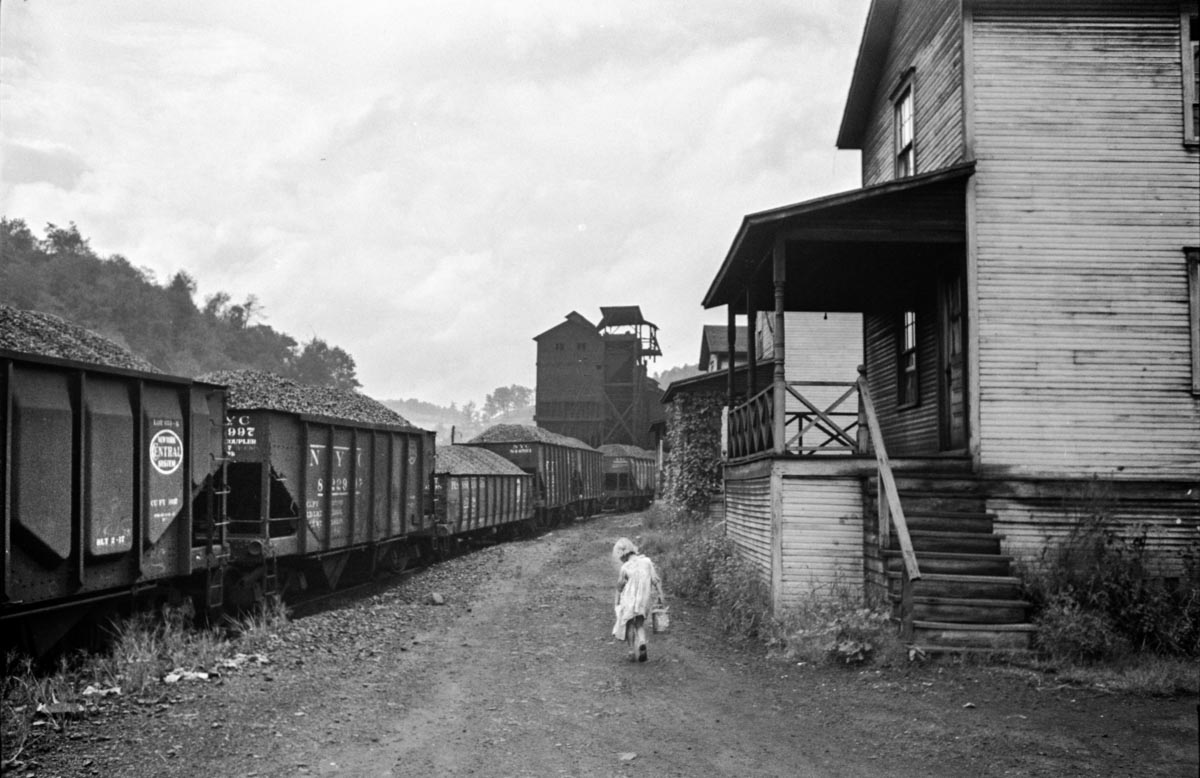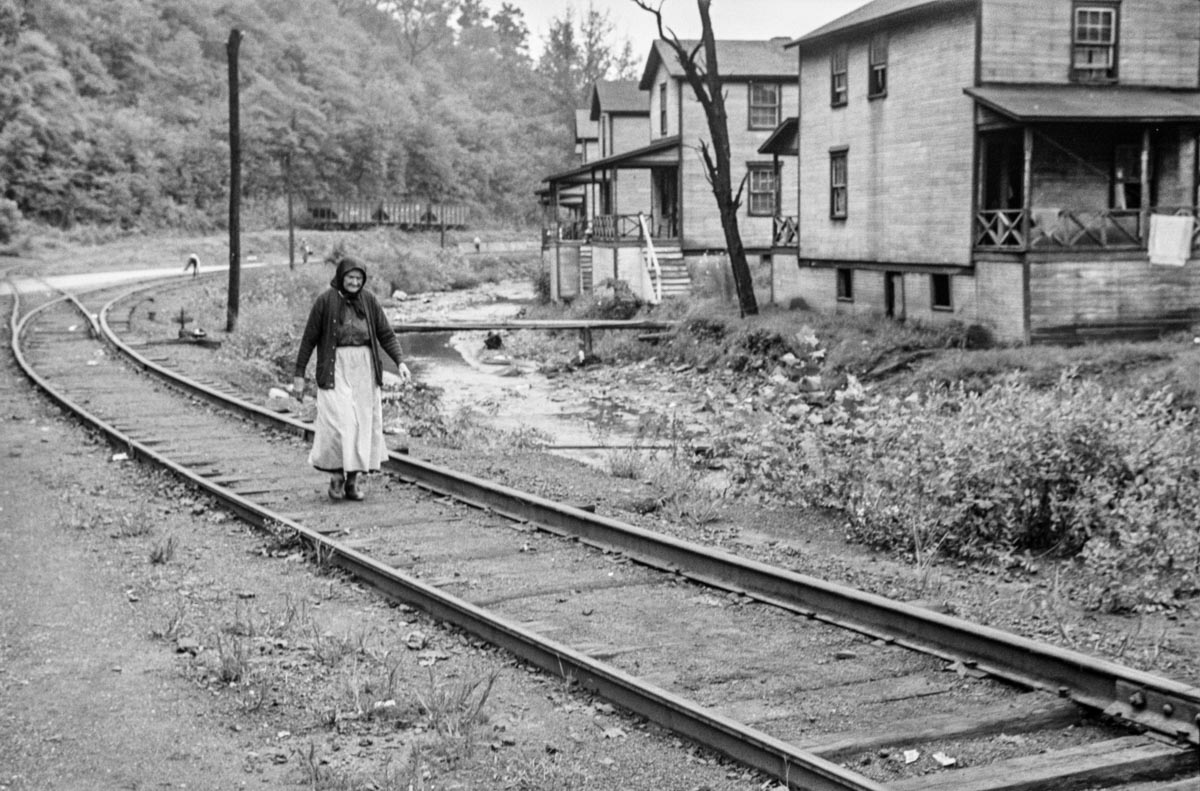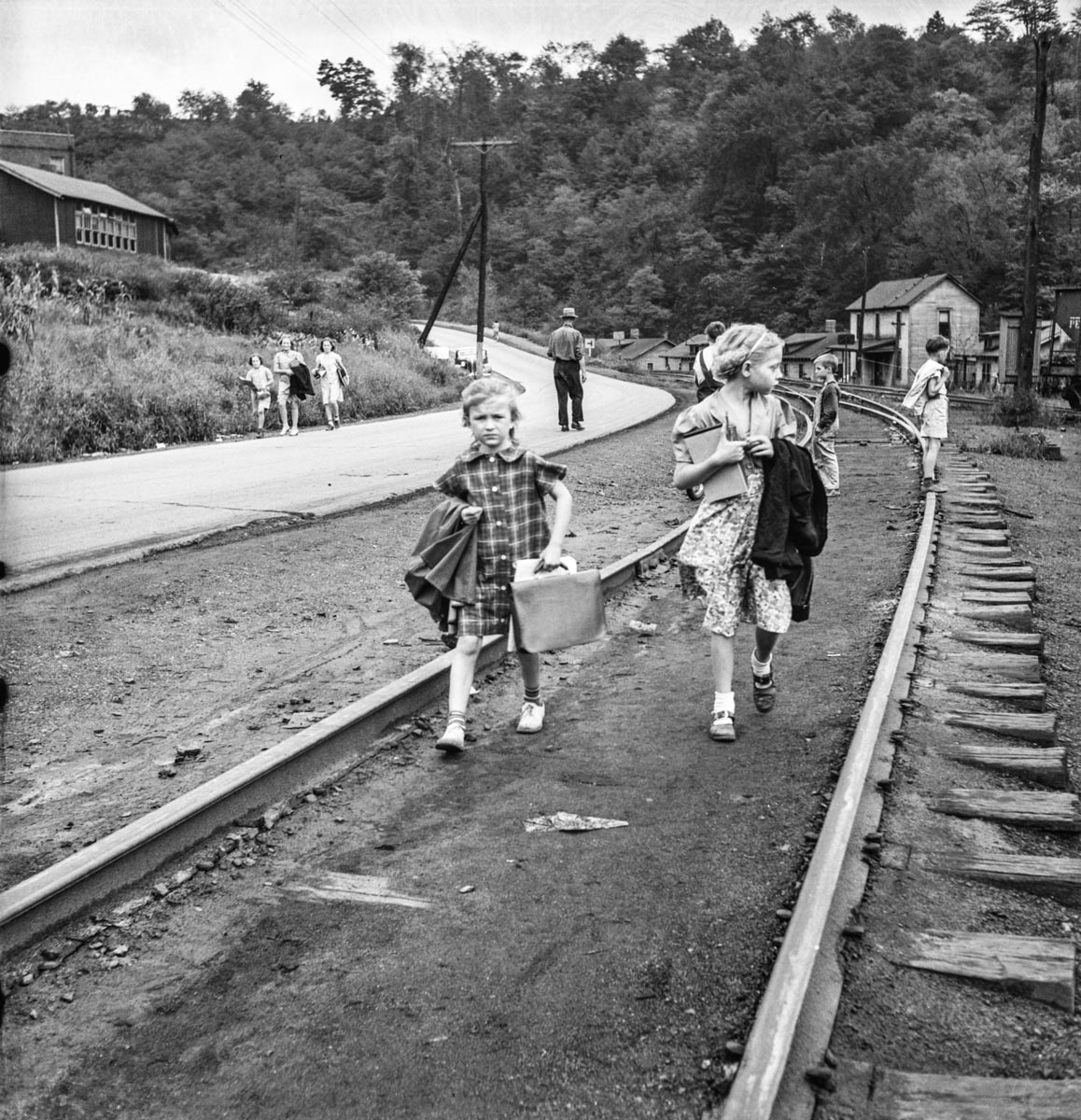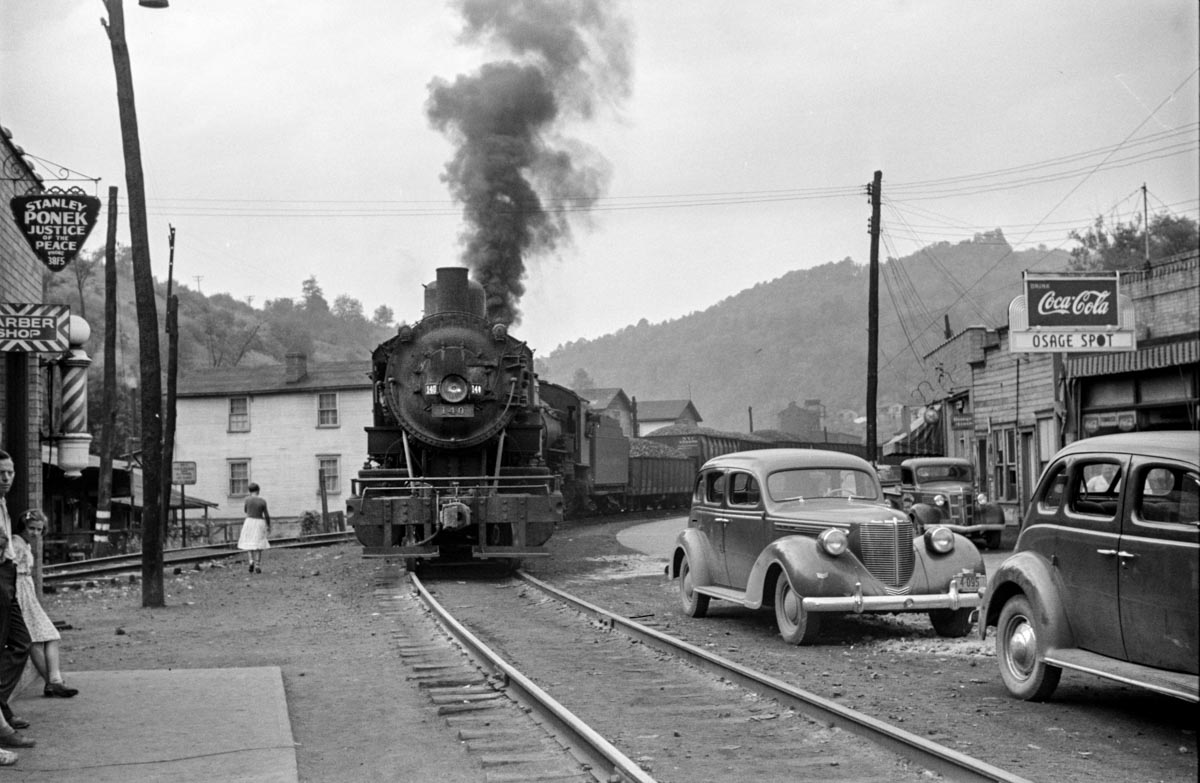The Little Train to Dirranbandi
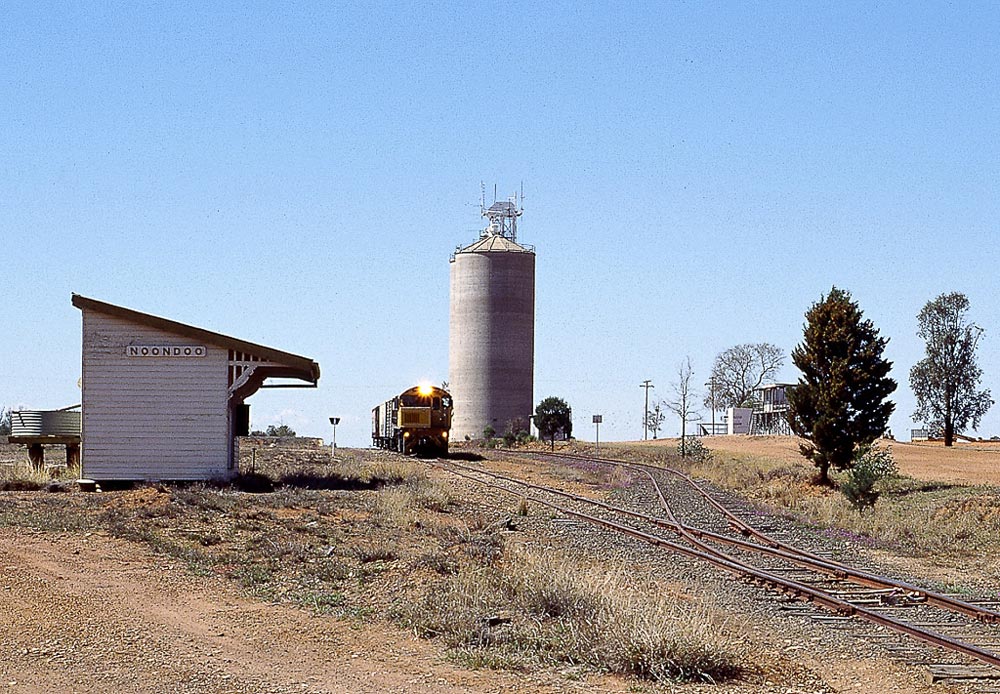
The 1,067mm (3’6″) gauge network in the Australian state of Queensland is dominated by heavy coal and mineral traffic moving from mines to ports, and some intermodal traffic heading up the coast from the capital of Brisbane. Until a few years ago though, there were some scattered remnants of trains that belonged very much to the previous century—in spirit at least.
One such service was a weekly train that ran to the south-west outpost of Dirranbandi. Built in stages starting in 1904, the line arrived at its eventual terminus in May 1913. The line was built to serve small communities in the area, and like most such lines around the world, carried out its role of bringing in the essential supplies needed for rural living, and taking out the products of the land, in this case cattle, sheep, wool and grain. This line served a second purpose, hinted at by its early nickname of the Border Fence: to prevent this traffic from moving south to travel over the rails of the rival state of New South Wales.
The importance of the line was declining rapidly when I travelled out that way in 2007 and 2008. General freight was virtually non-existent, but the line beyond the major grain silo at Thallon still saw a weekly freight train working out and back. The train wasn’t much to look at—a handful of vans—but still a sight worth seeing if only for its anachronistic nature, a fact acknowledged by the train’s driver who, when we got to talk at one of the stops along the way, cheerily exclaimed that it was good to see someone photographing one of Queensland Rail’s last dinosaurs.
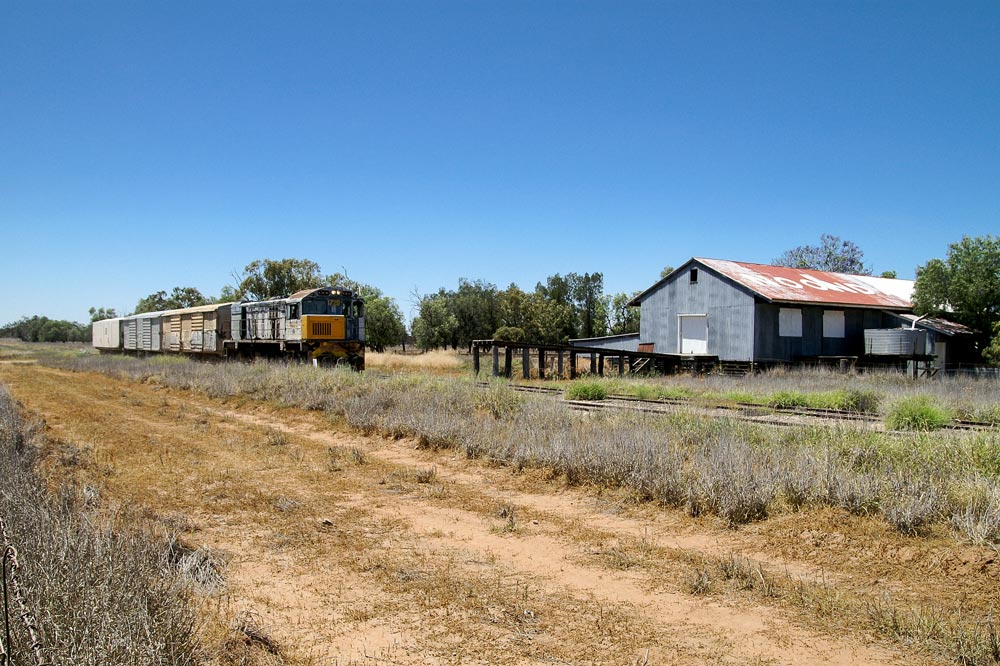
The country out this way is pretty lonely. Large grazing stations and very little population are the order of the day, with the little train heading over the light 42 pound rail and spindly track well away from pretty much anything, apart from the endless scrub and the occasional siding with a disused woolshed. Sometimes a kangaroo or two might nonchalantly cross the line. Not far from Dirranbandi, the grain silo at Noondoo would be passed. For the line’s recent history, it was this silo that justified keeping the line open. The light track meant that grain wagons could only be partially loaded. The obvious solution was to upgrade the line, but the railway and the grain shippers couldn’t agree on who’d pay, so rail service stopped and the grain had to be trucked over to Thallon, which still happens.
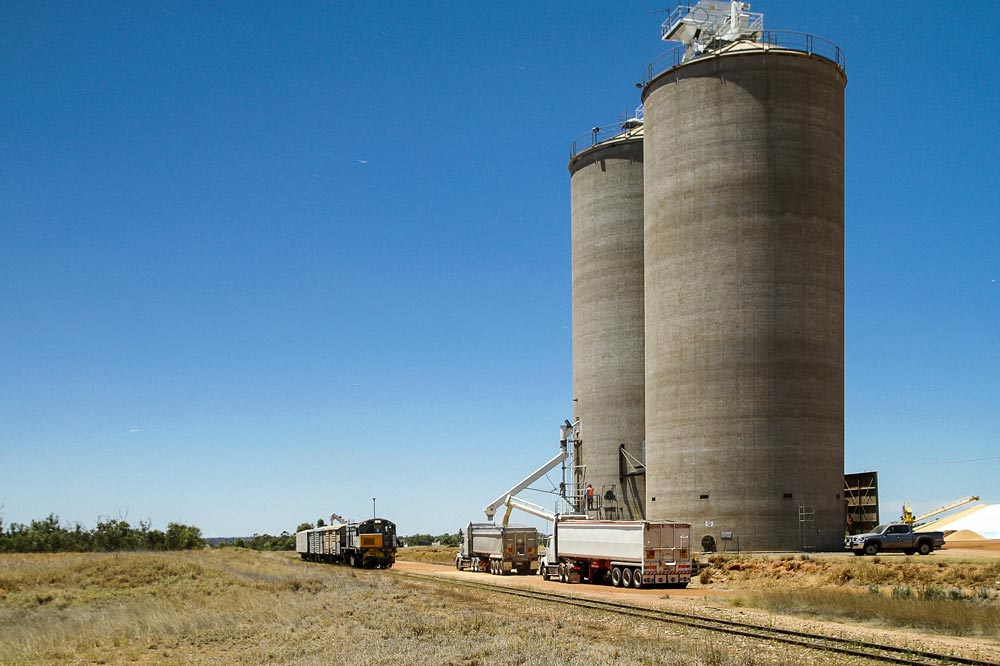
On my first trip, Noondoo was a silo-in-waiting, with the surrounding paddocks barren of grain but a year later, after the first decent rains in years, the land was alive with activity. The railway though, played no part.
Here at Hawkston, about halfway on the very light rail, there is some evidence of human activity, with a small but quite elaborate storage box built to receive the newspapers that used to be dropped off by the passing train until quite recently. Located on the long dirt road to the grazier’s home, a stop by the train would eventually be followed by the farmer driving out to collect the newspapers.
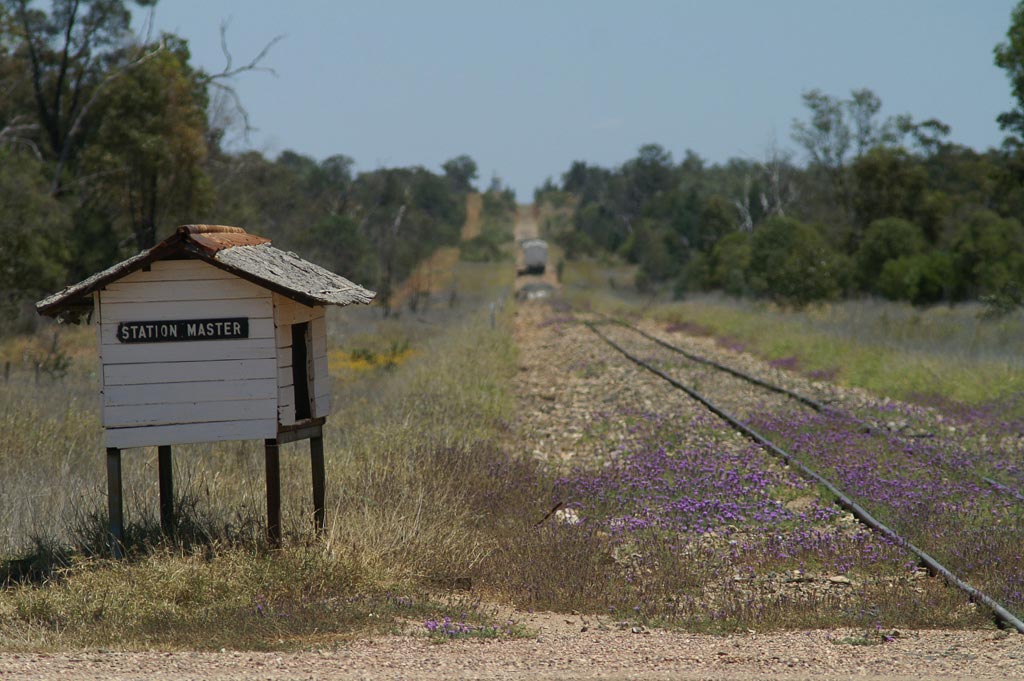
I’m not sure if there was ever what could really be described as a station at Hawkston, and it’s a pretty safe bet to say that if there was it would never have had a station master, but I liked the ironic humour of the locals, allowing such a minor item of infrastructure to take on added importance, while the train disappears into the hazy distance.
Alan Shaw – Photographs and text Copyright 2016
See more of Alan’s work on his Flickr page
